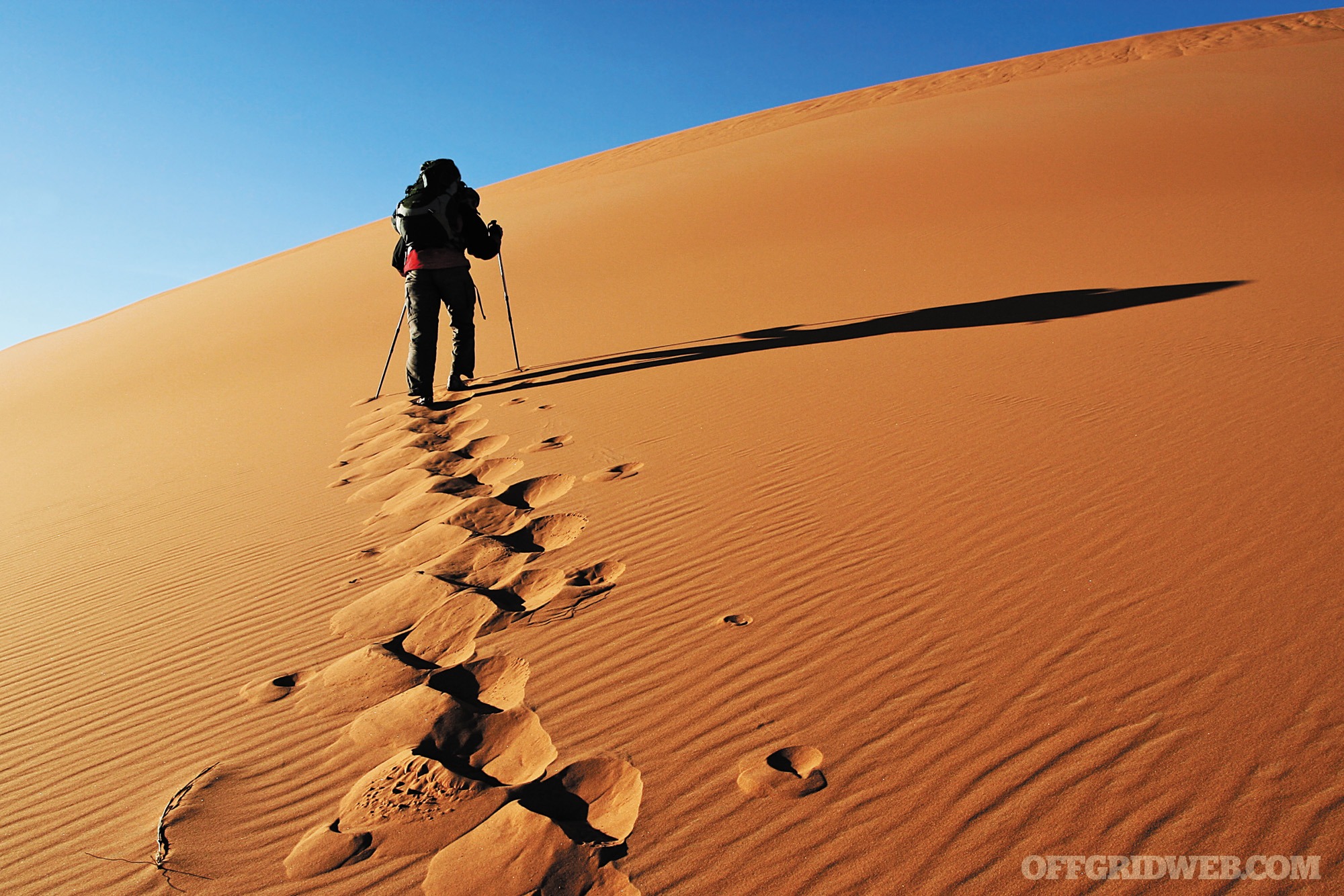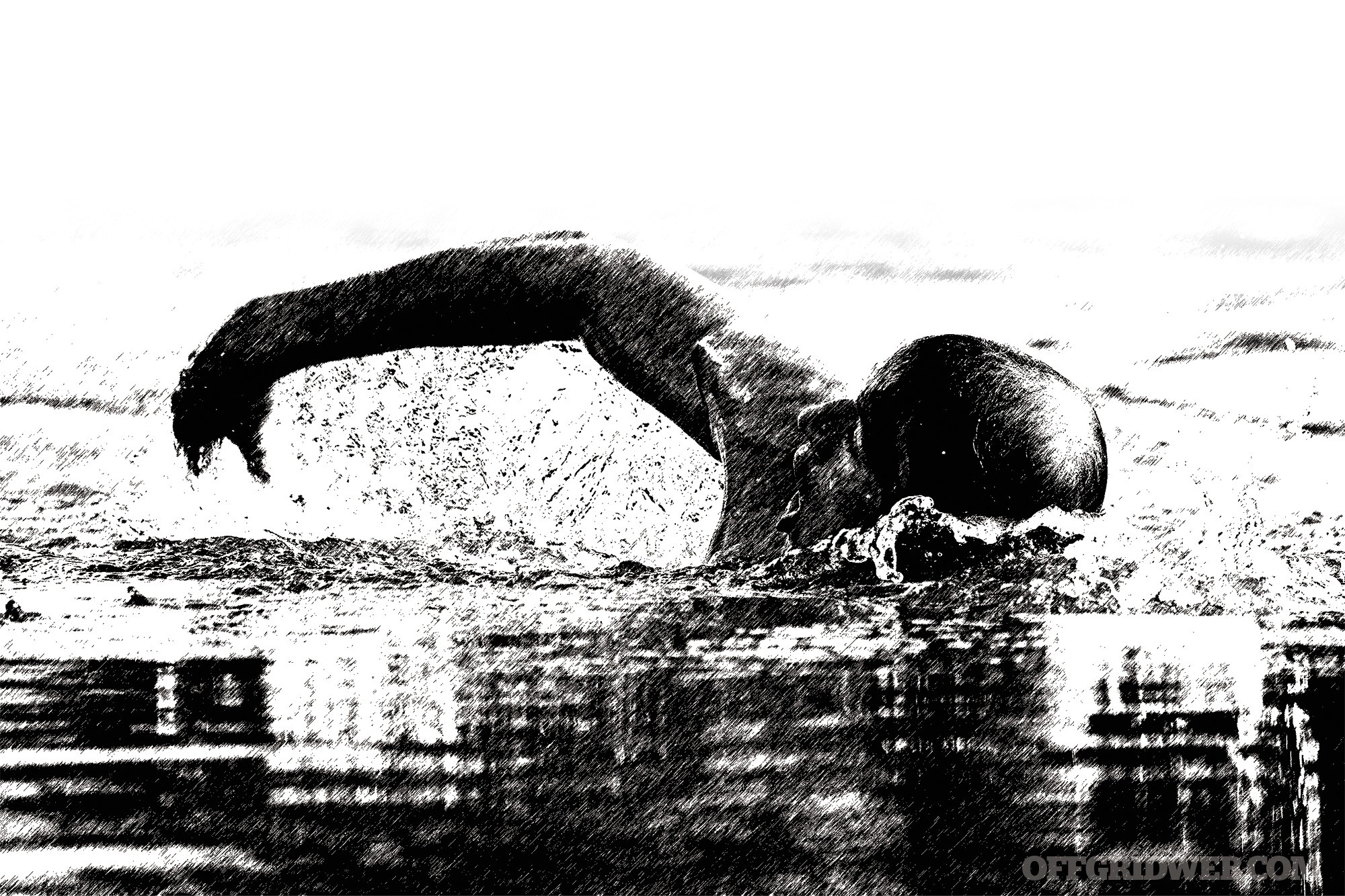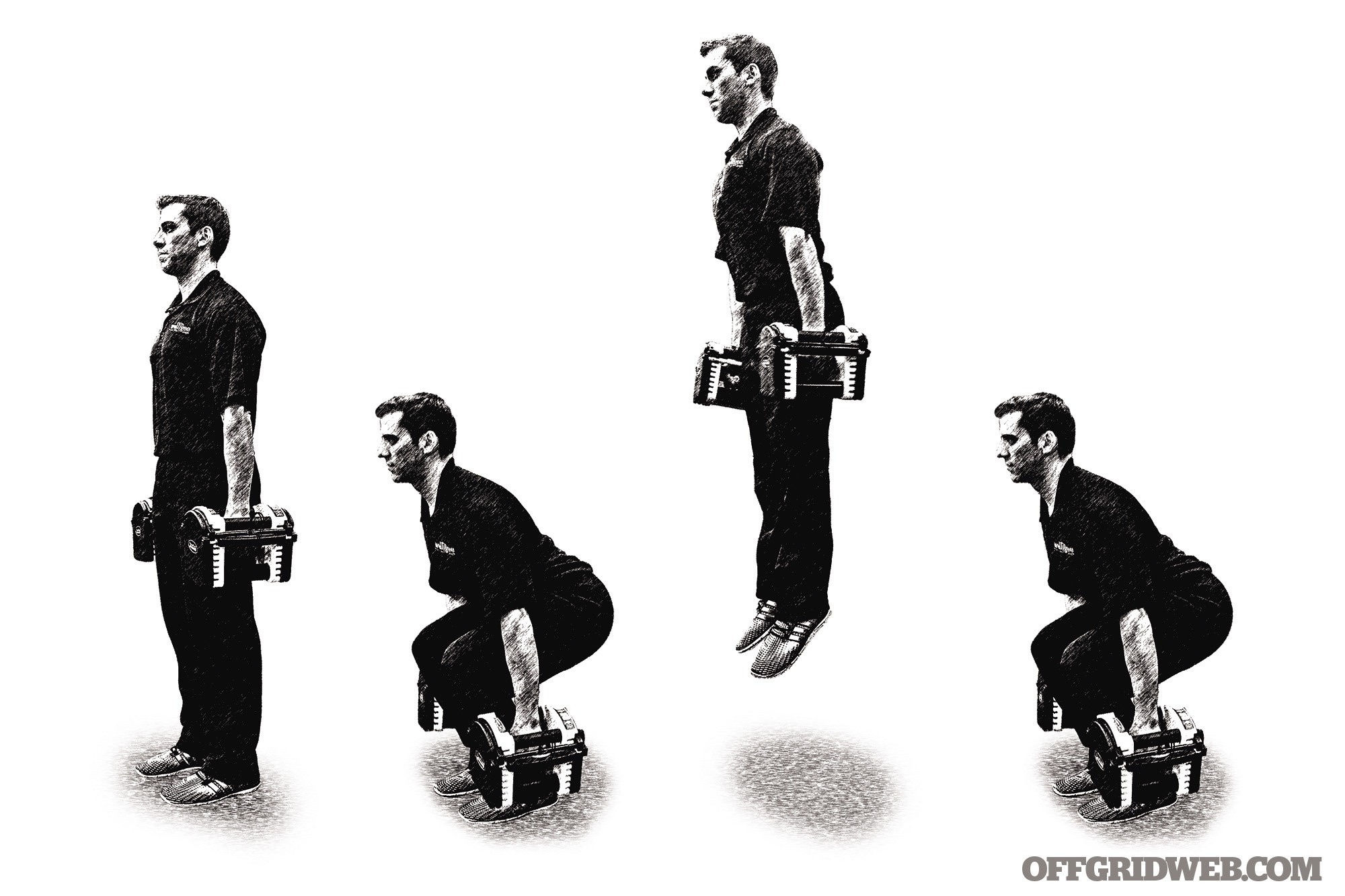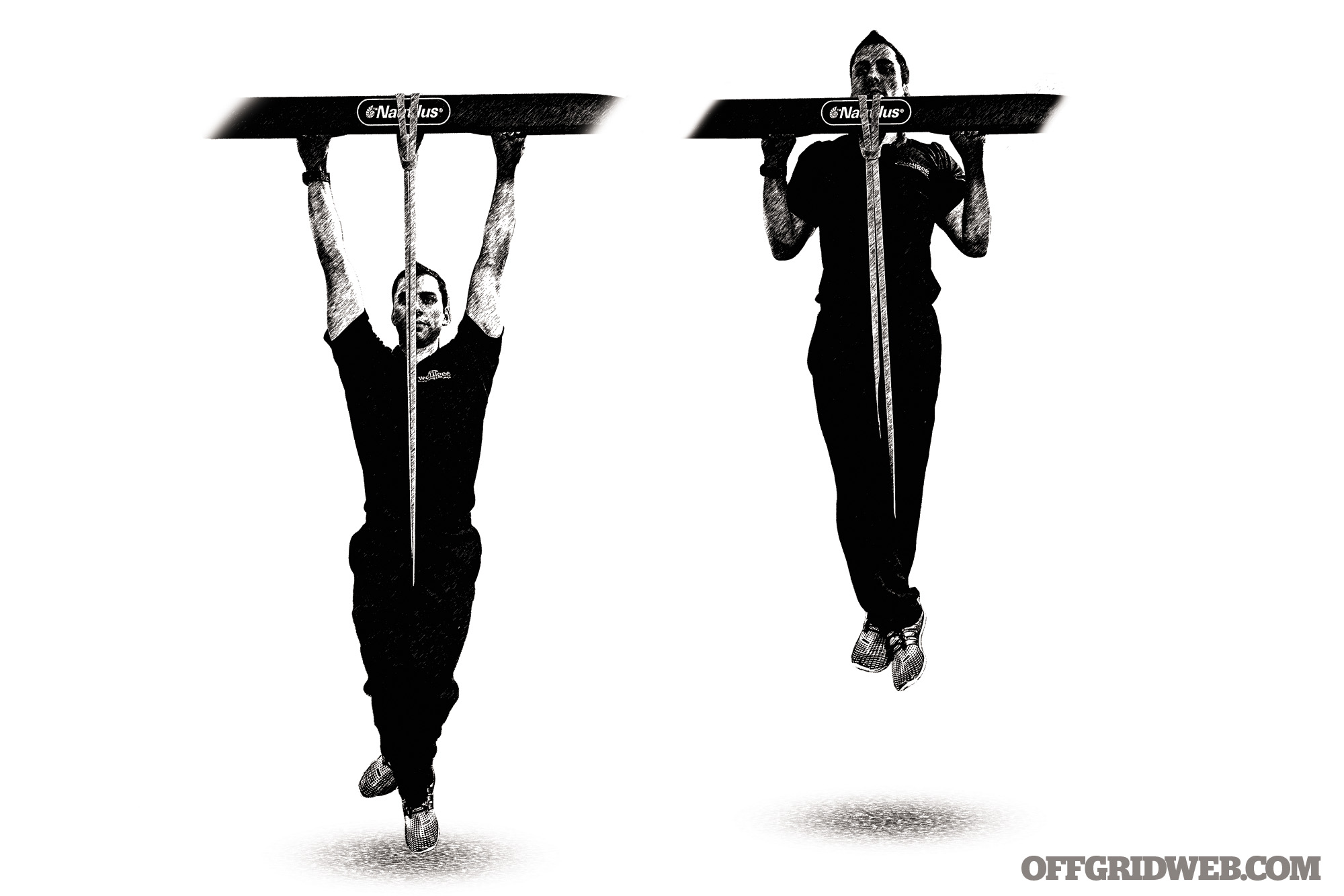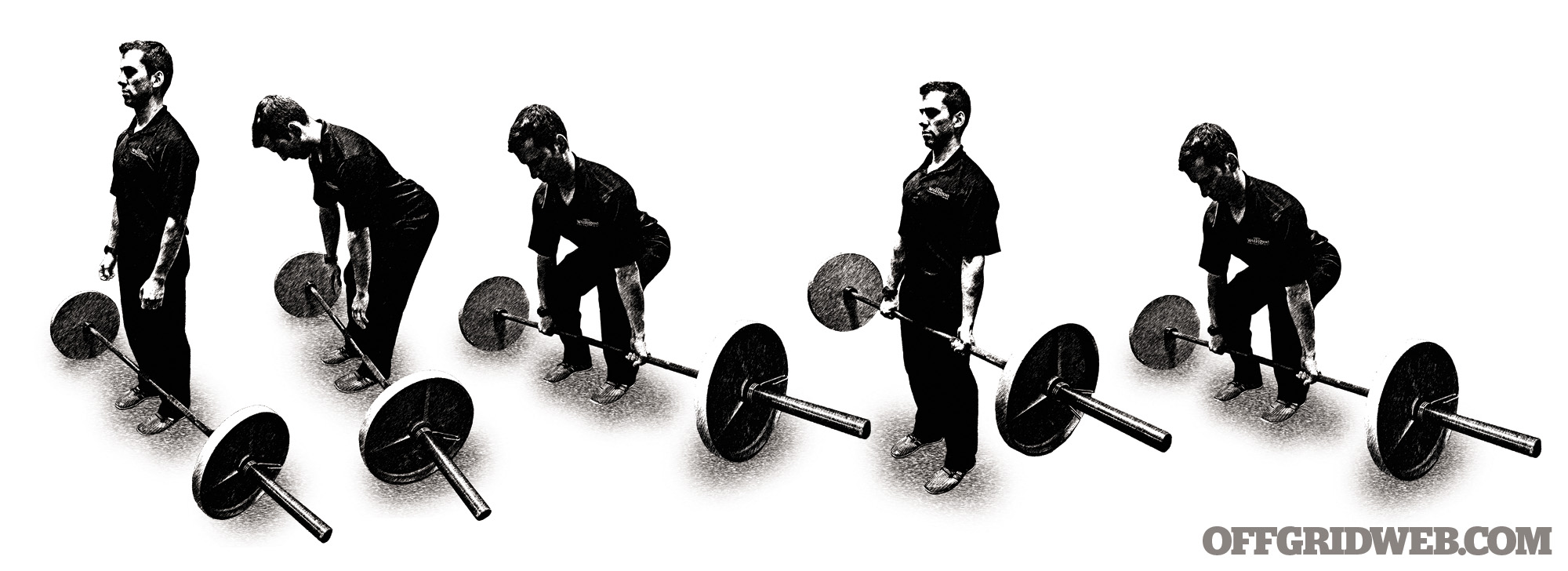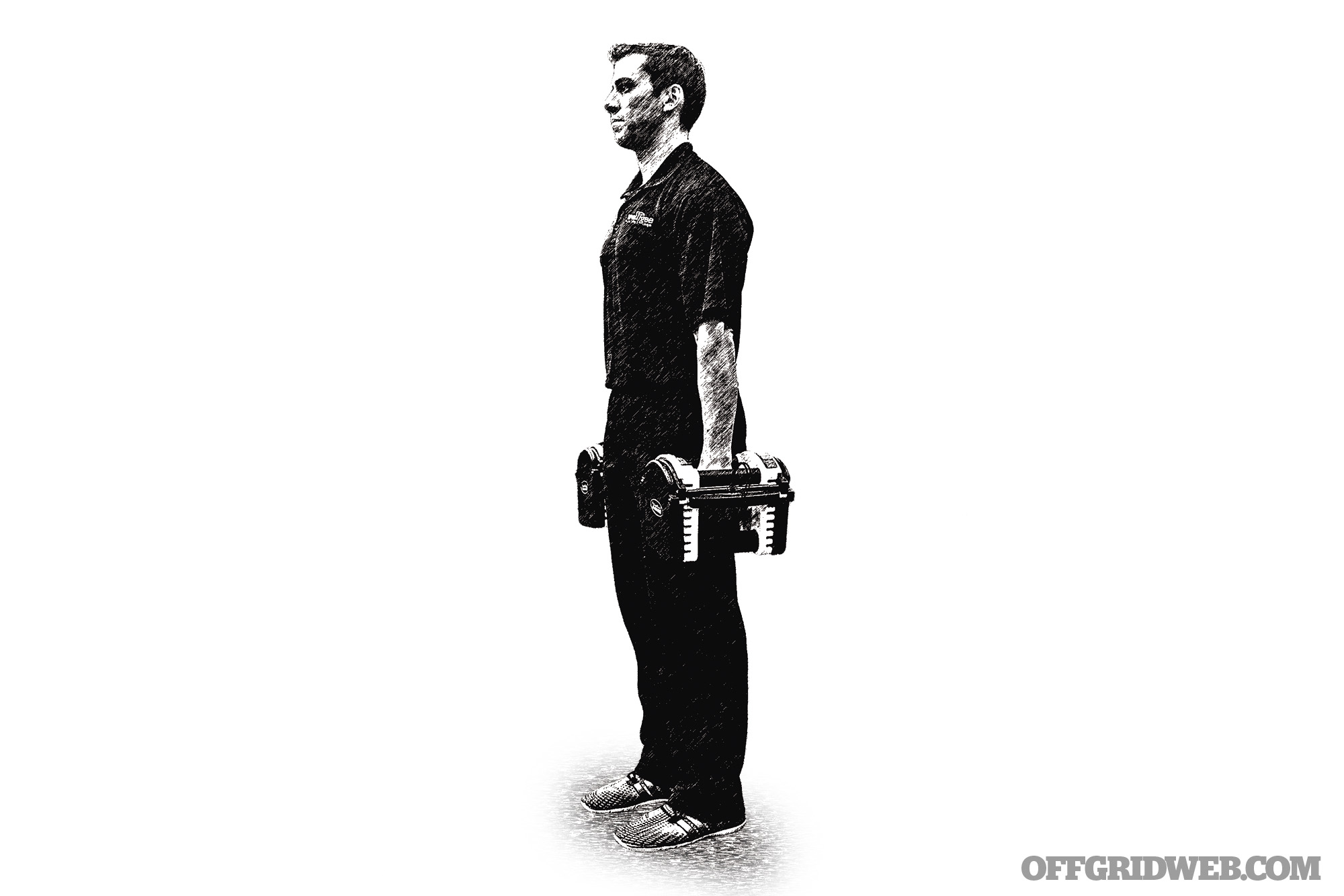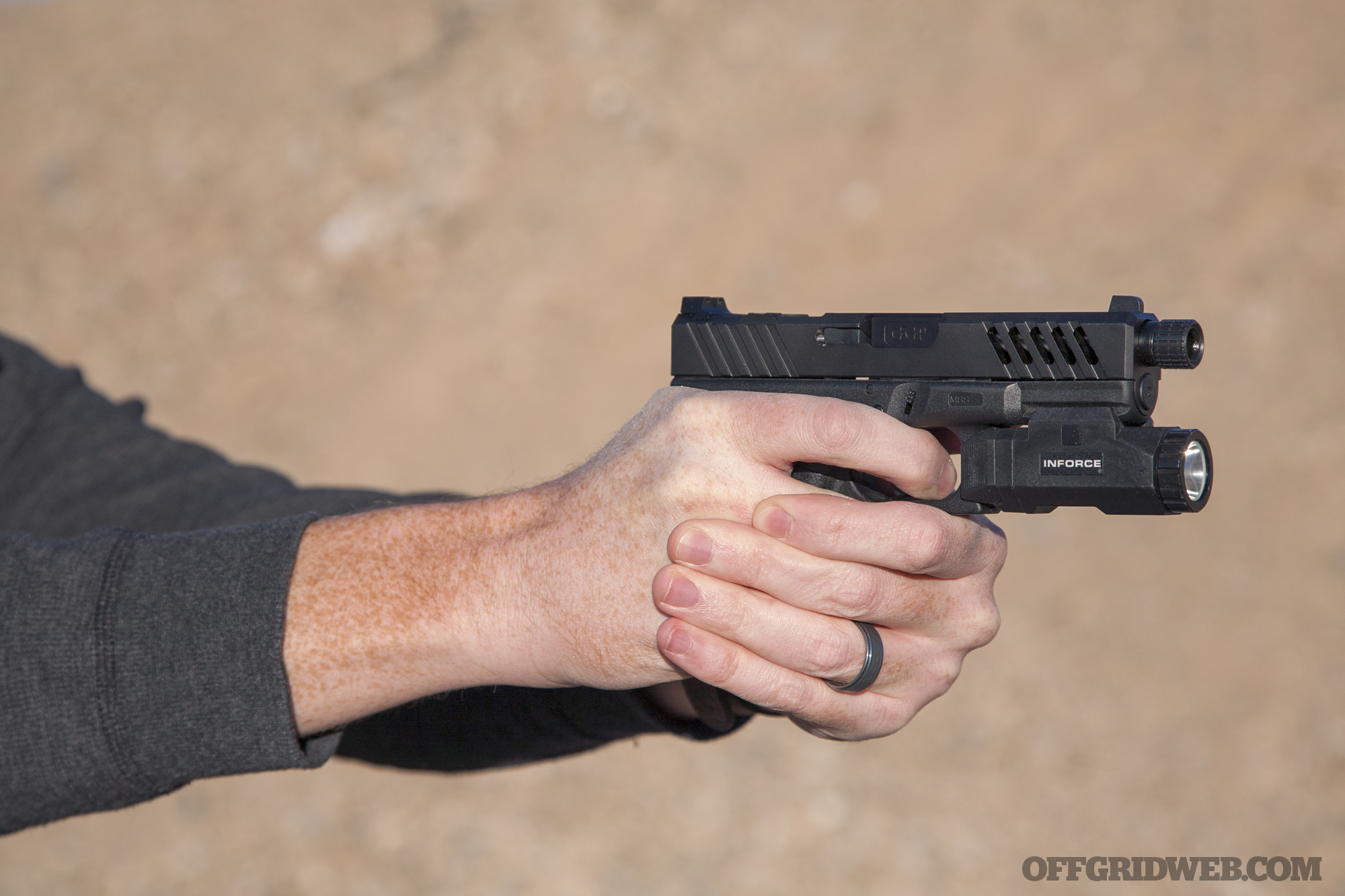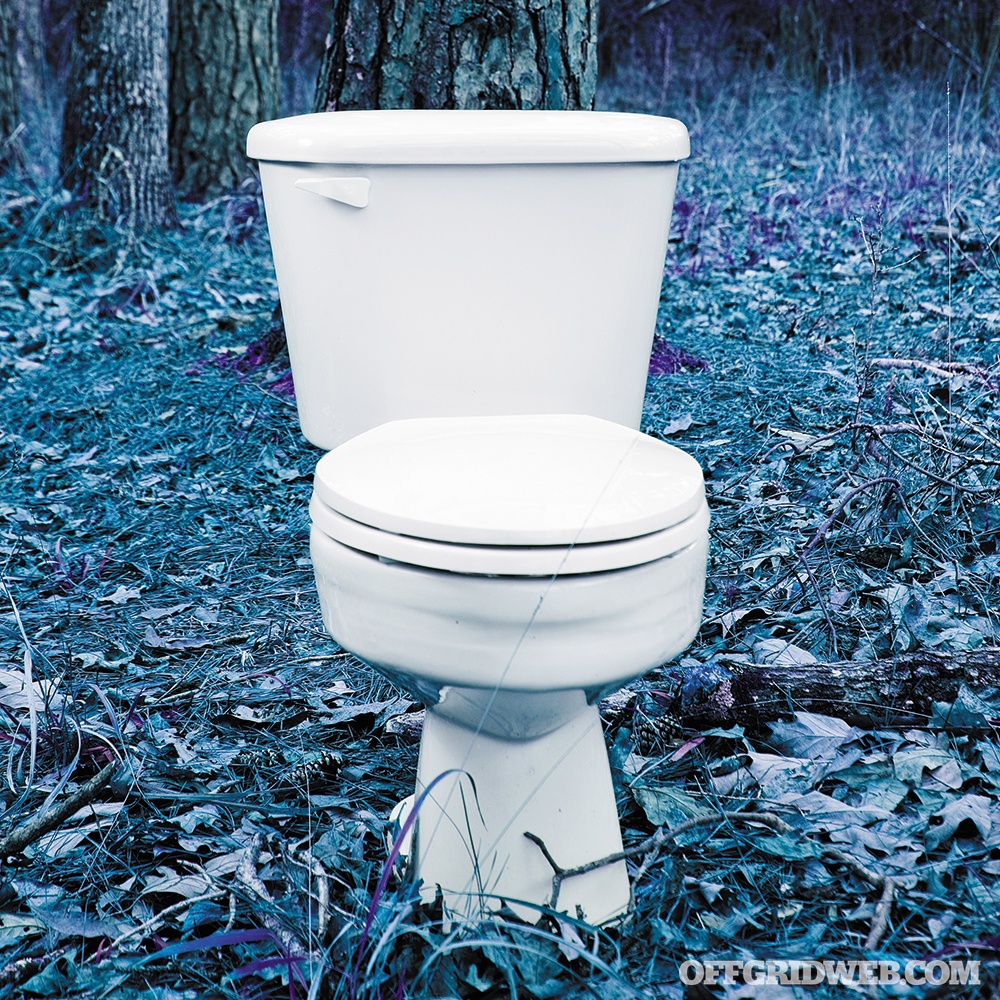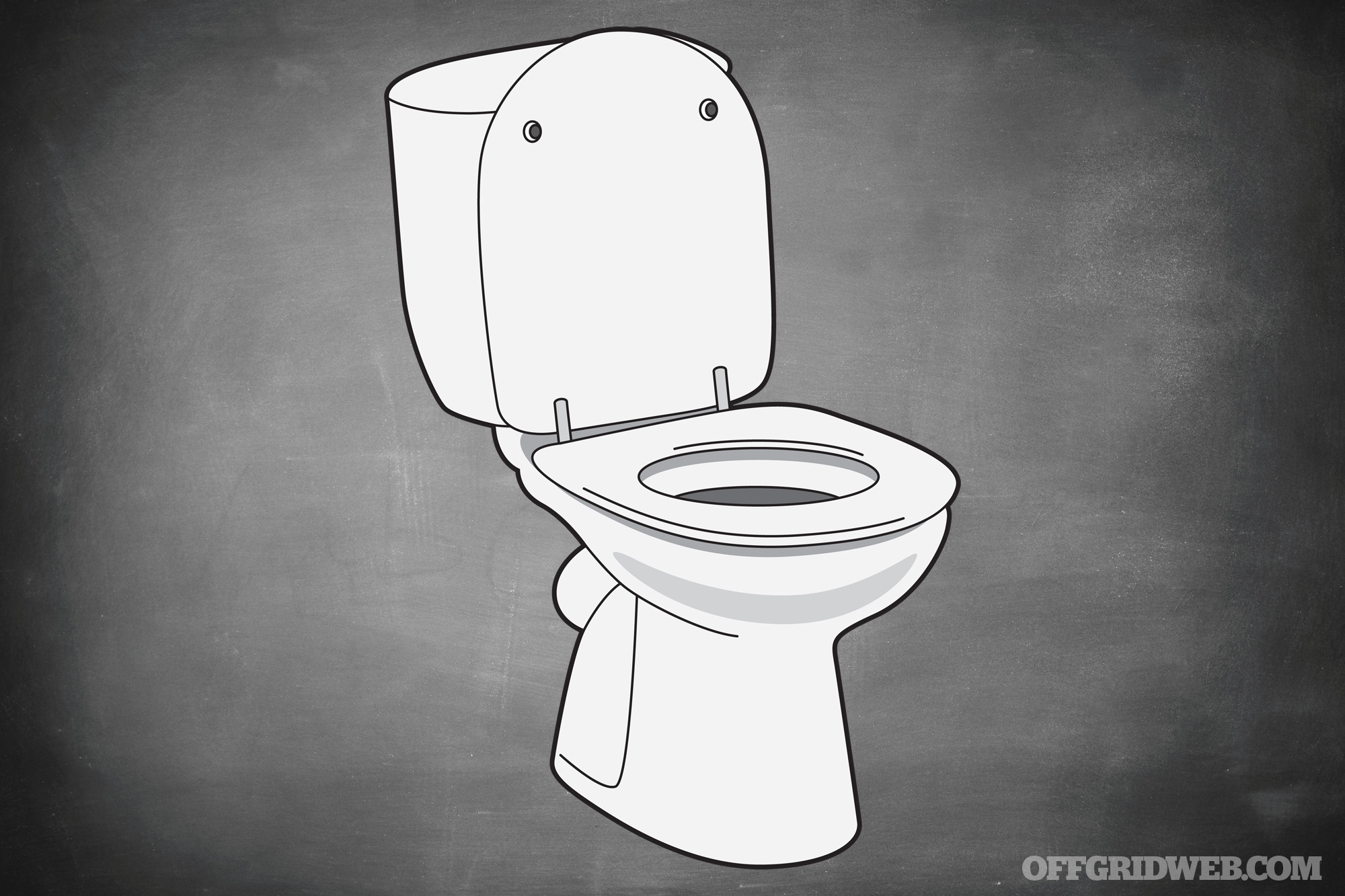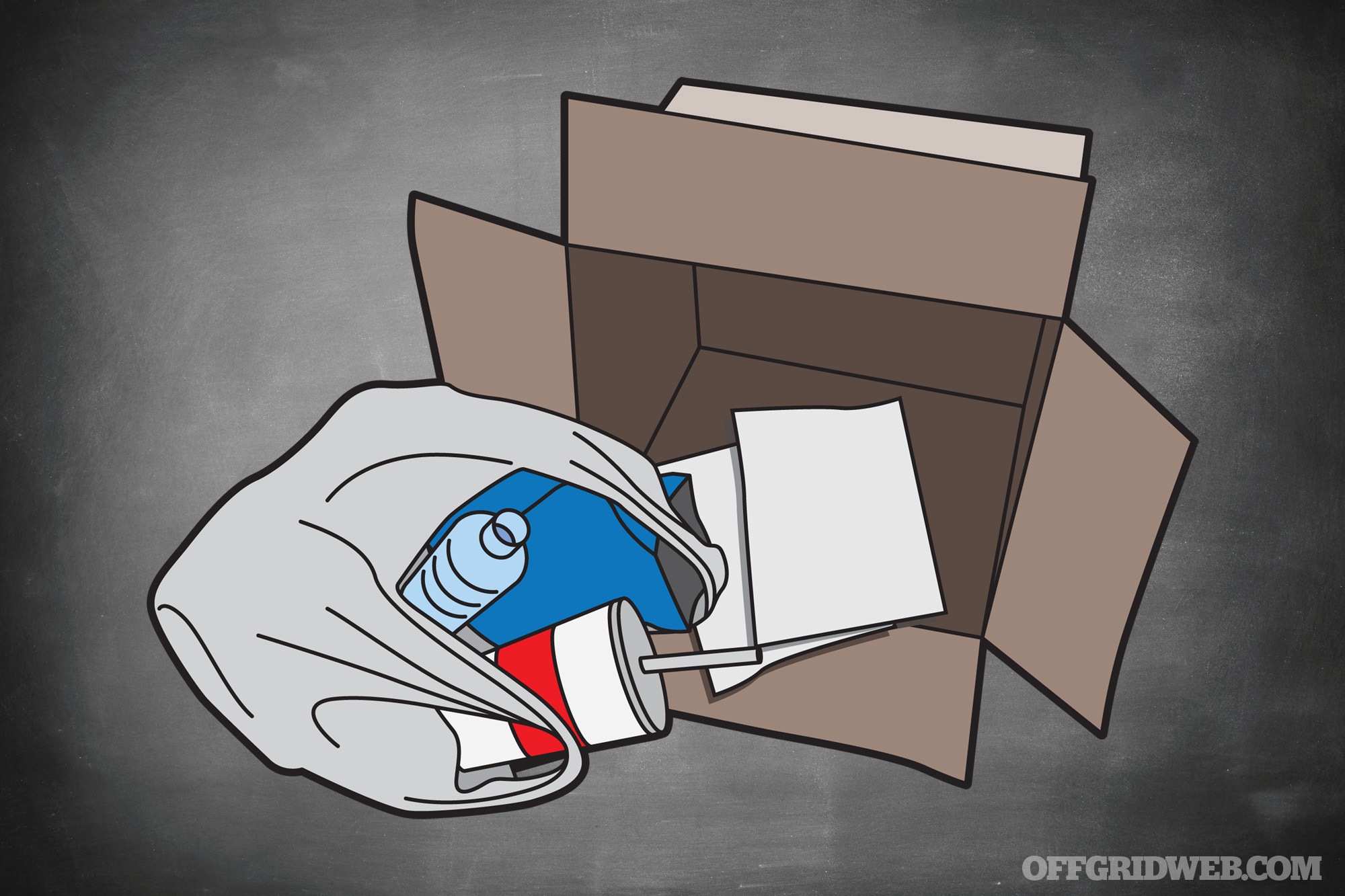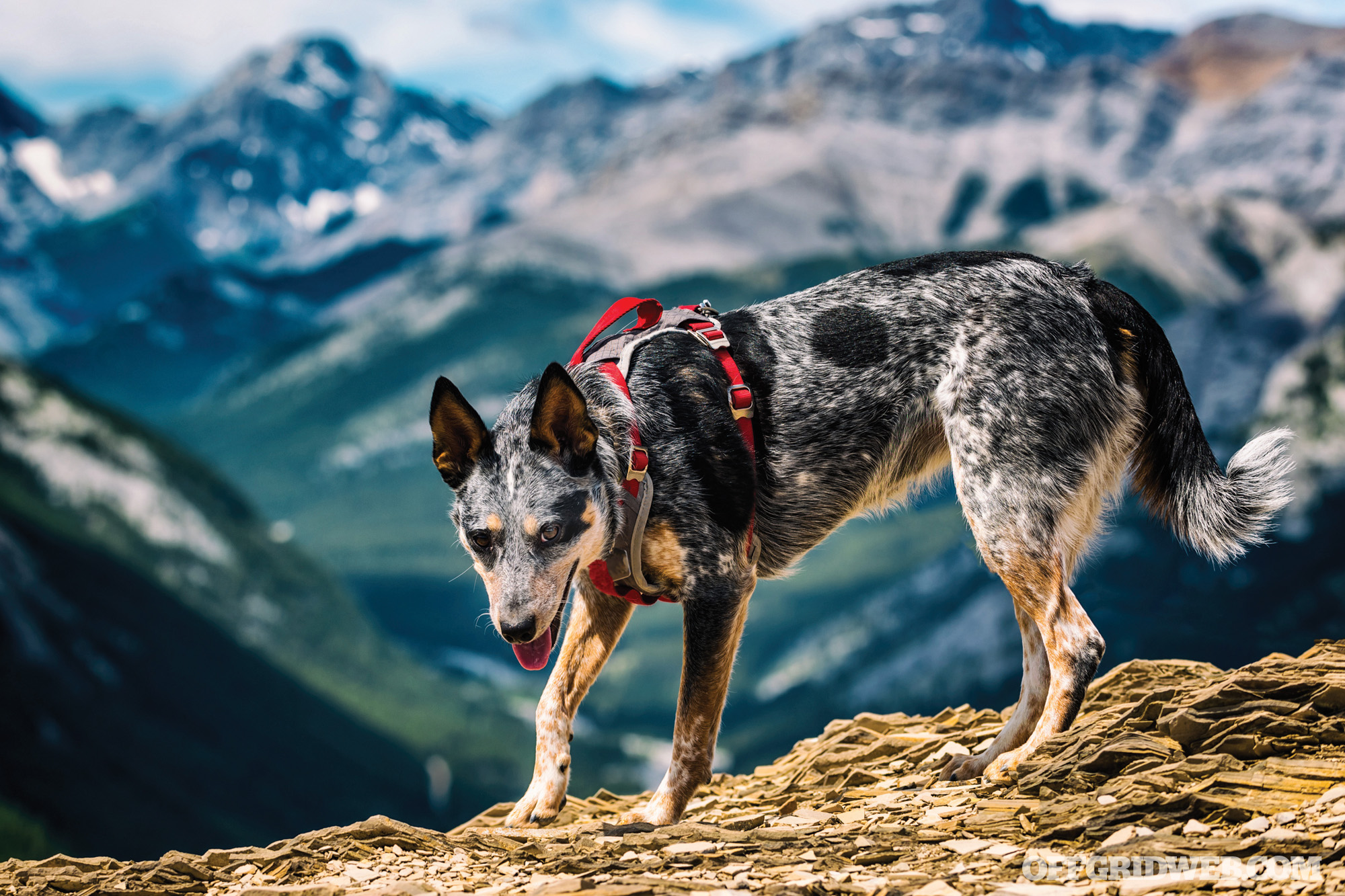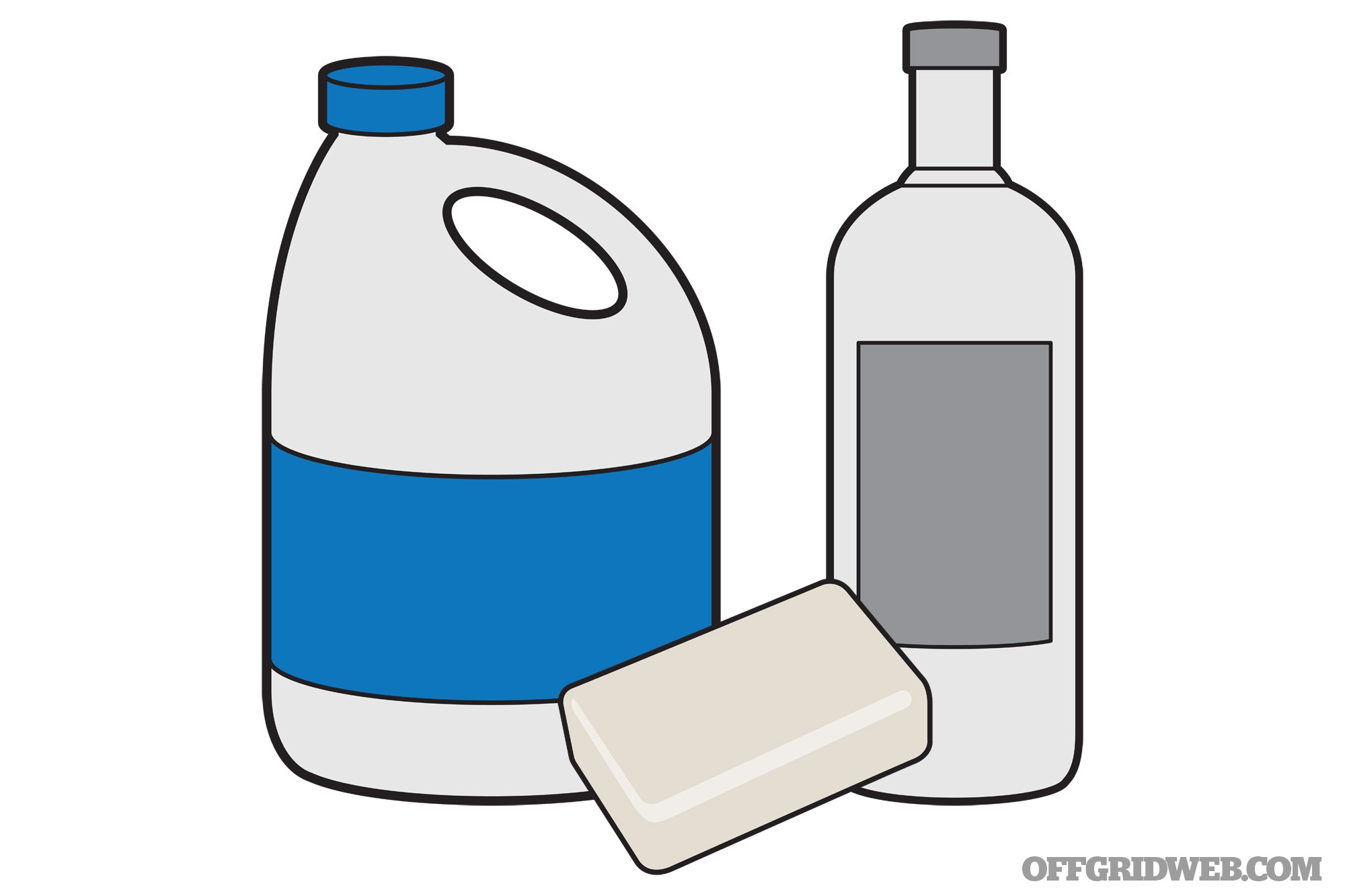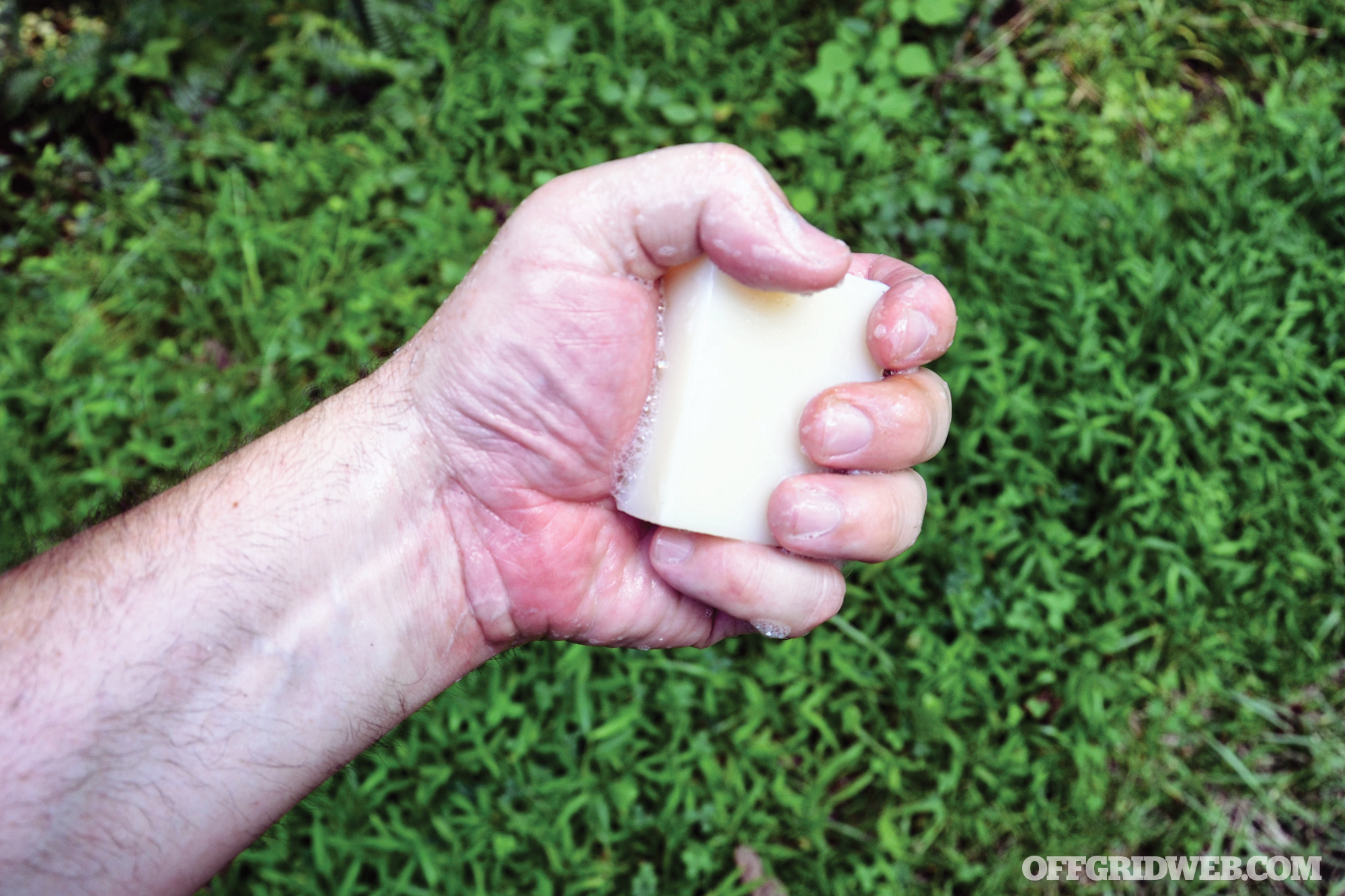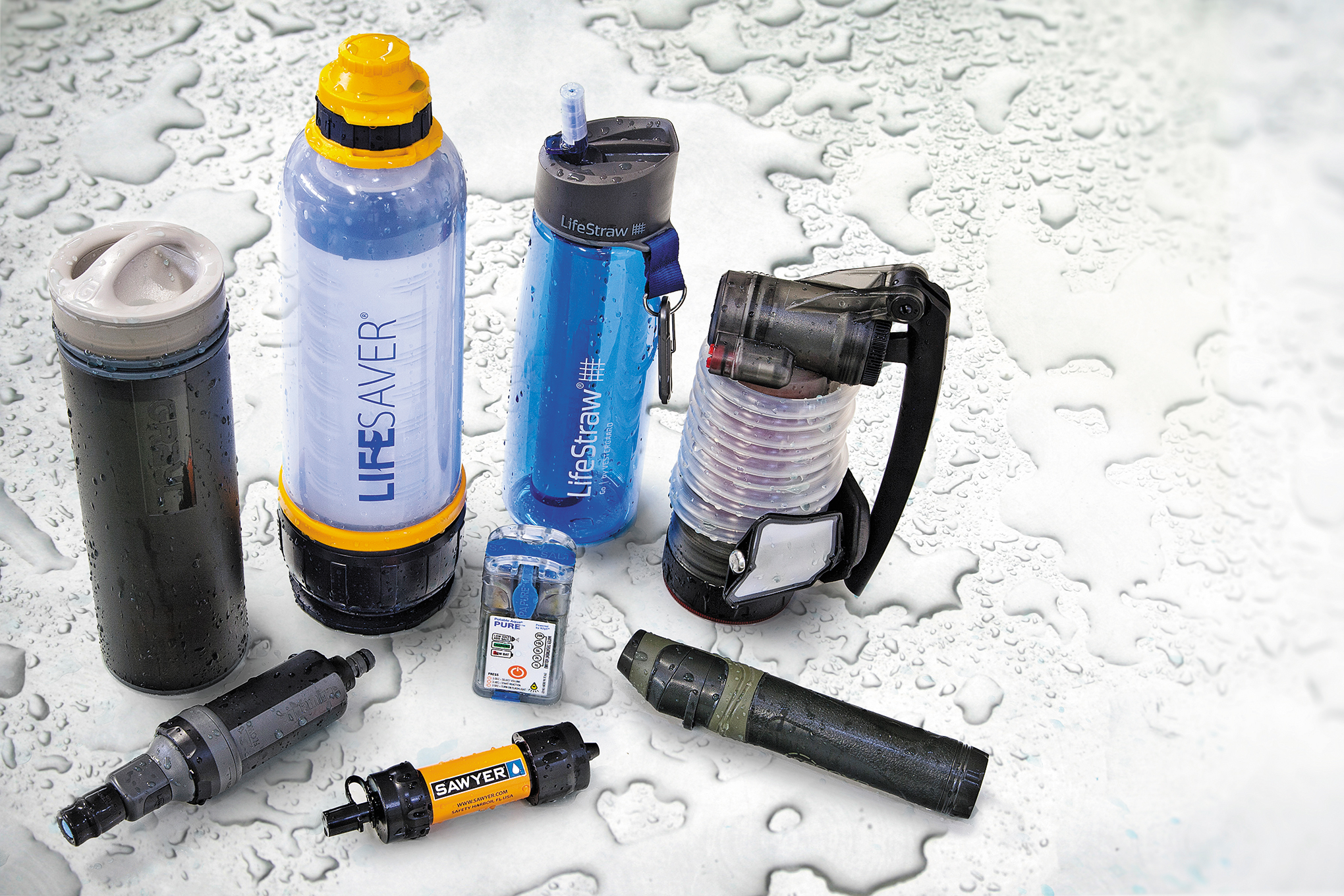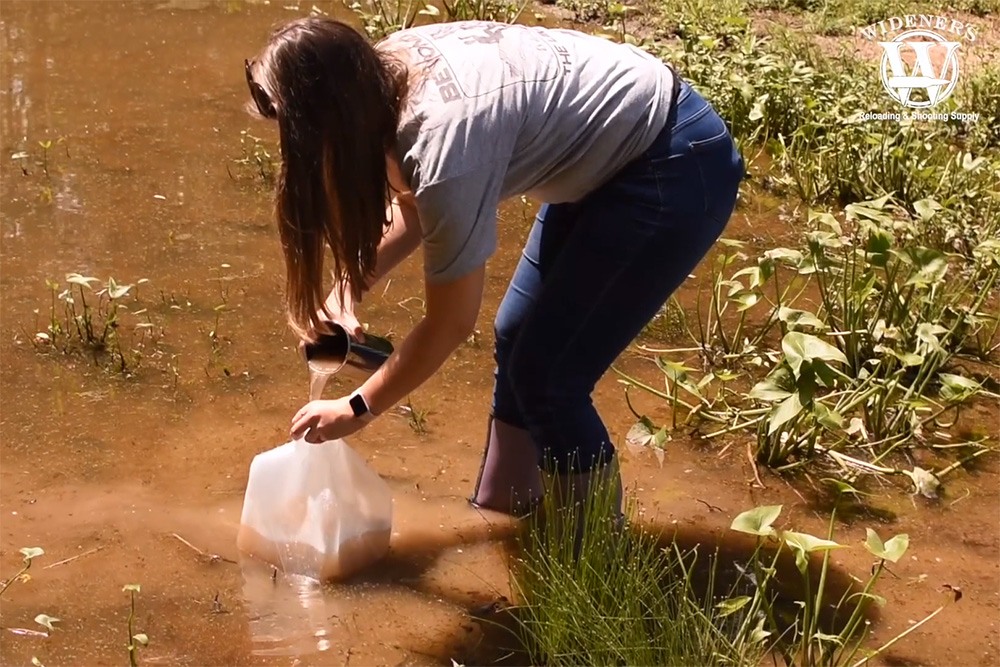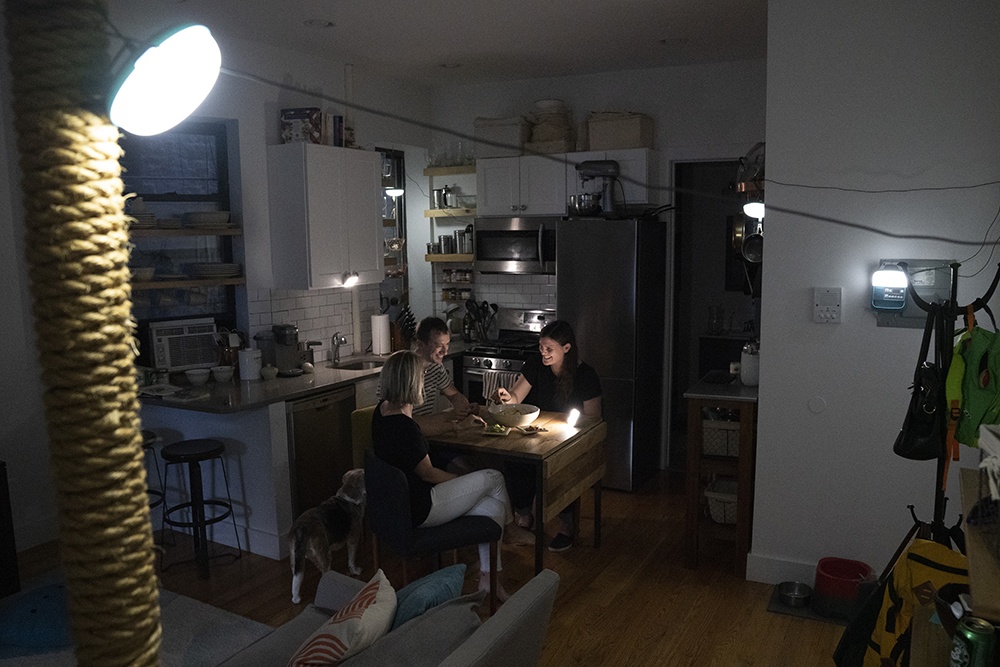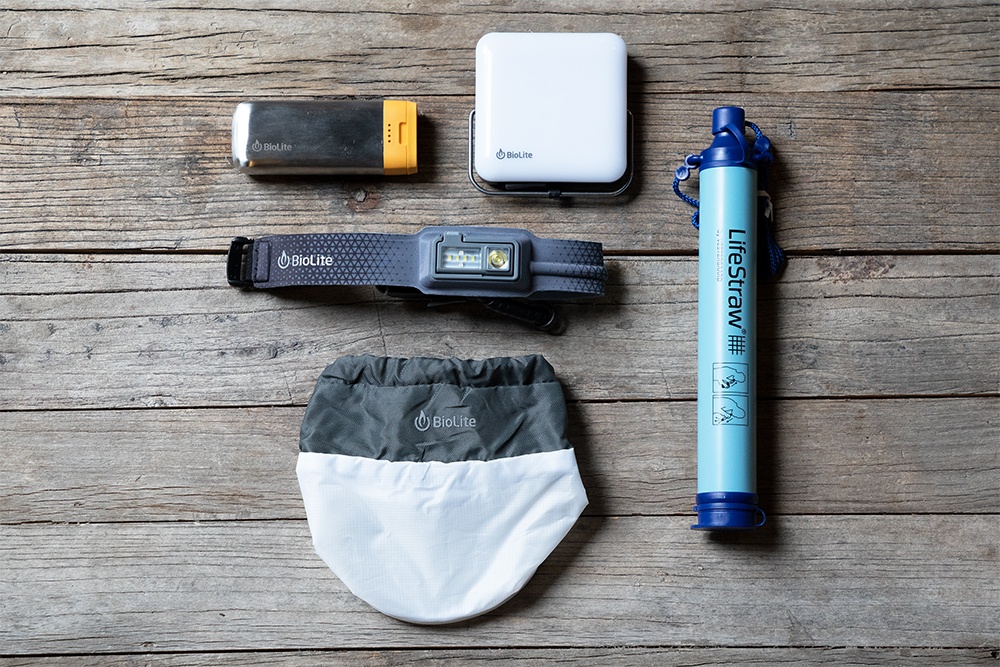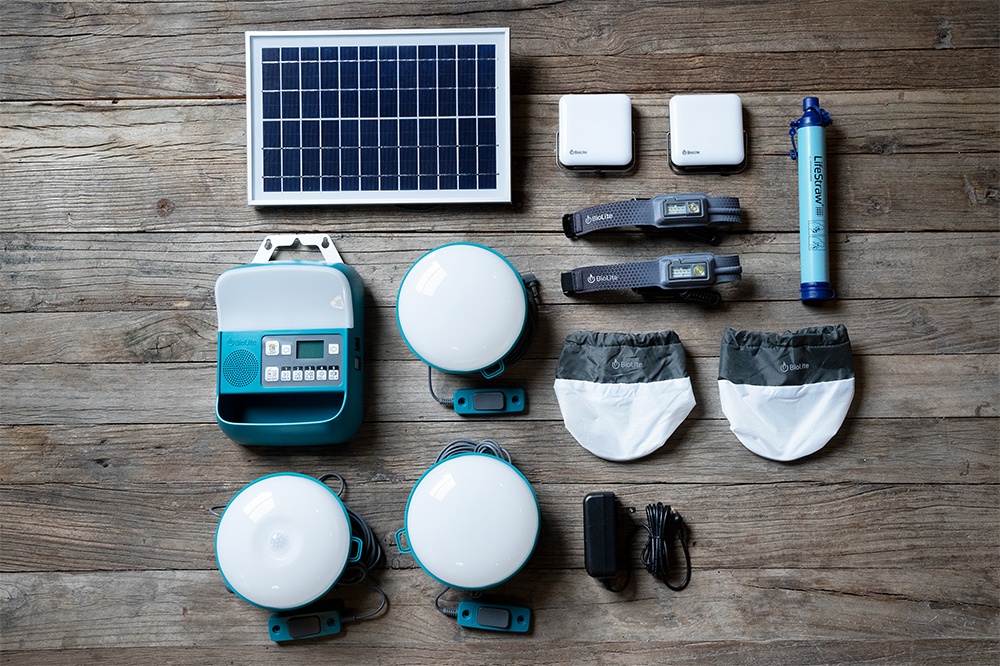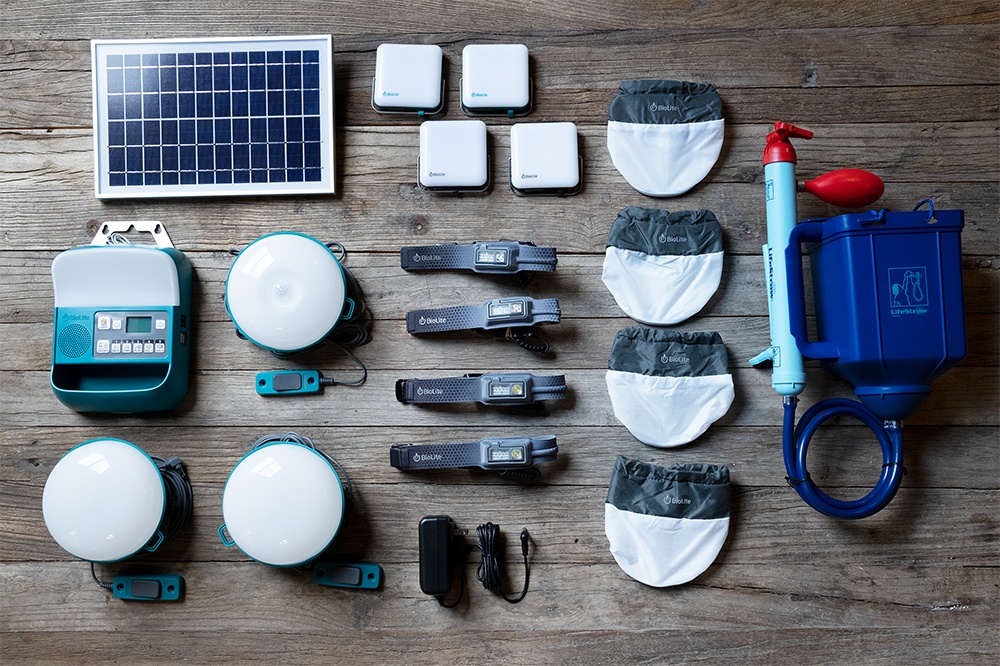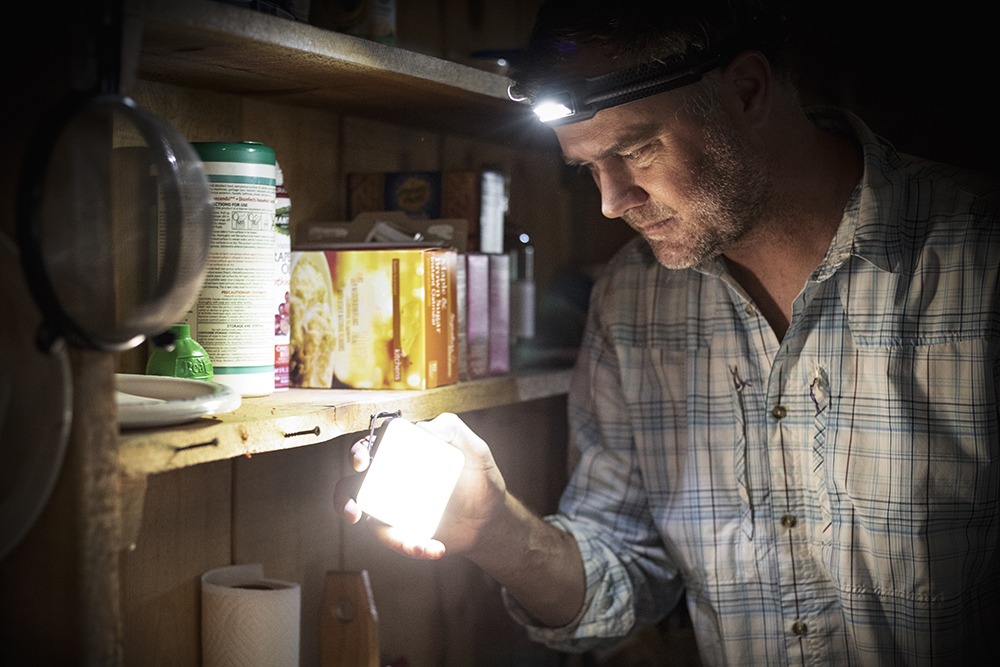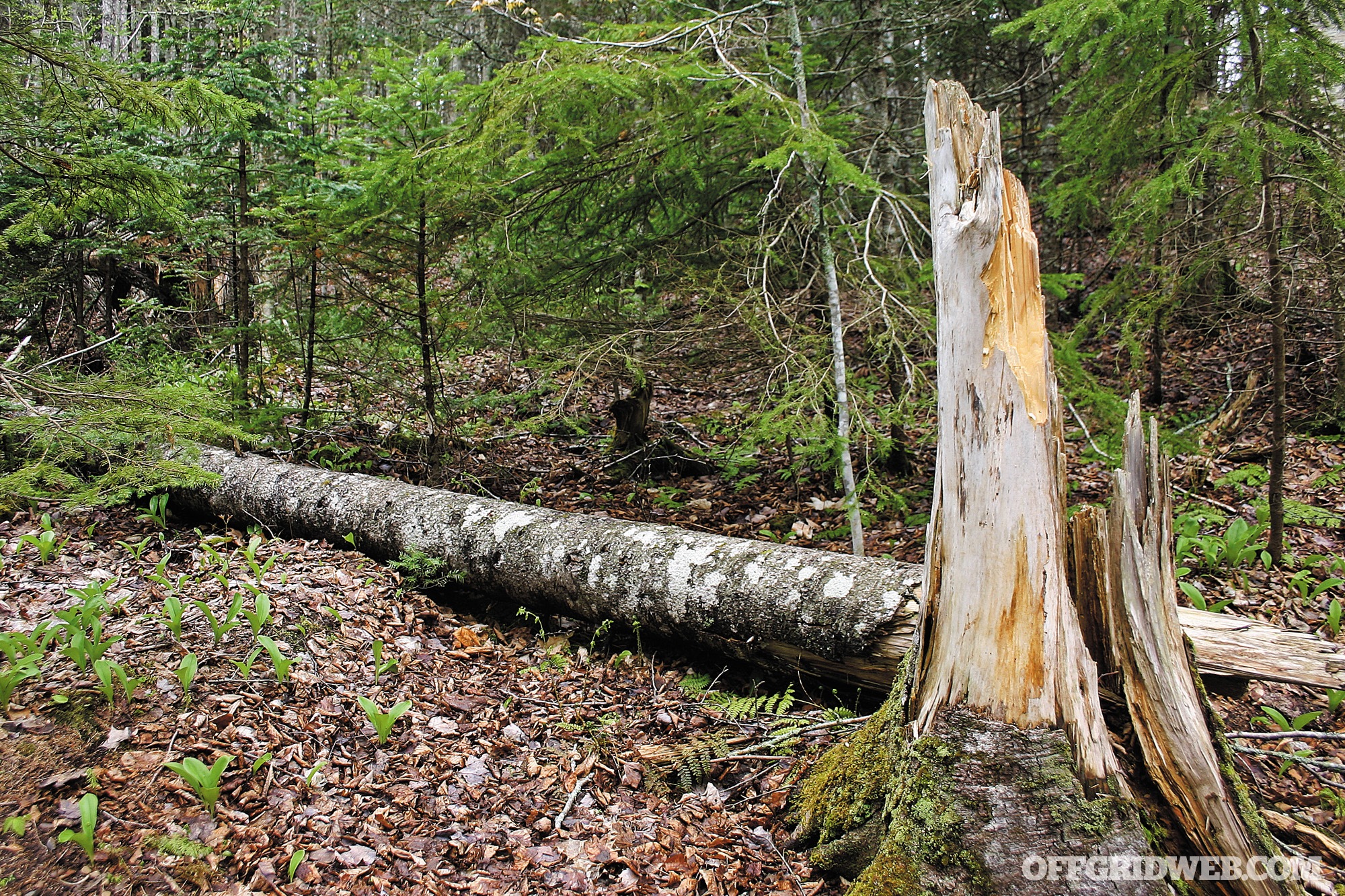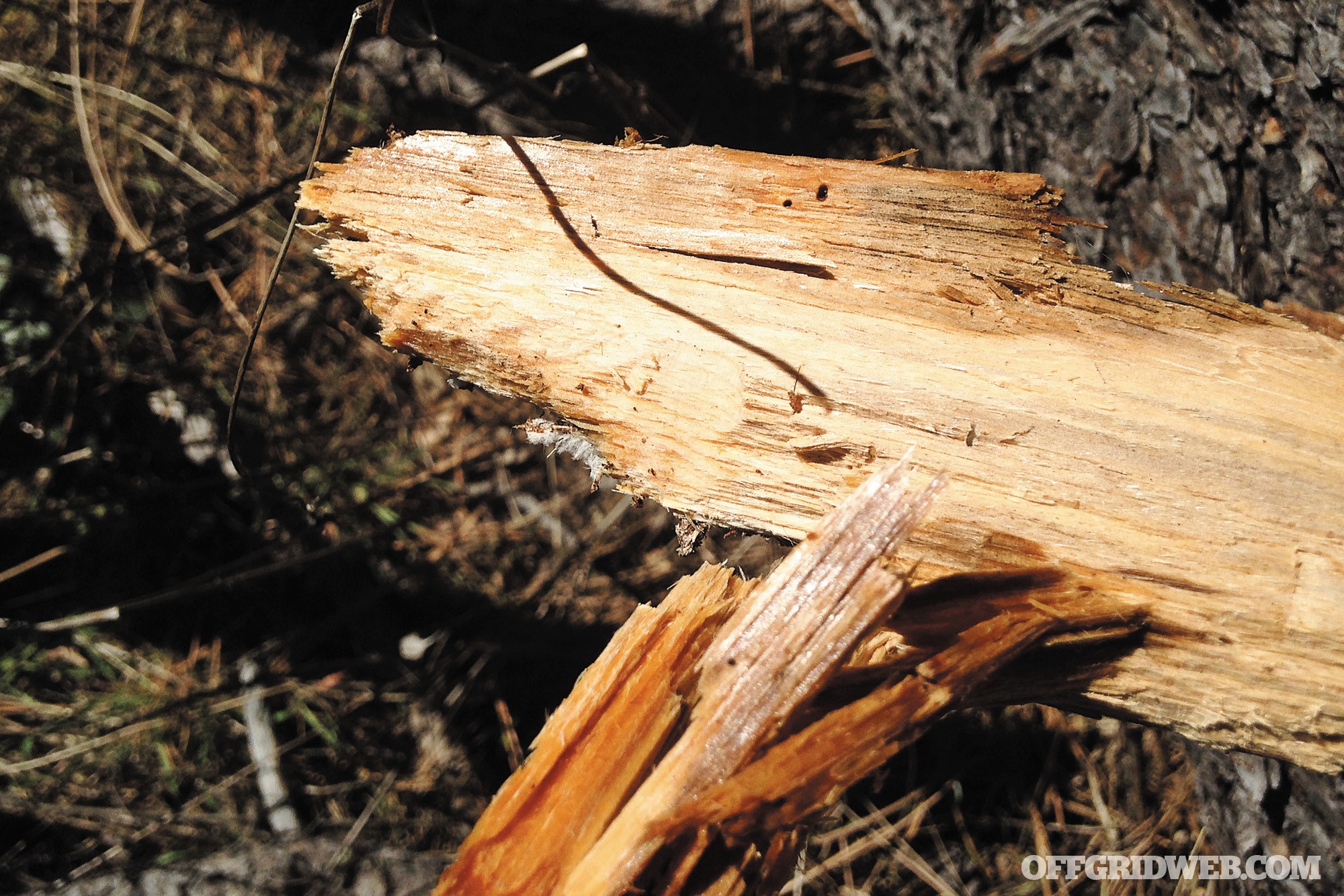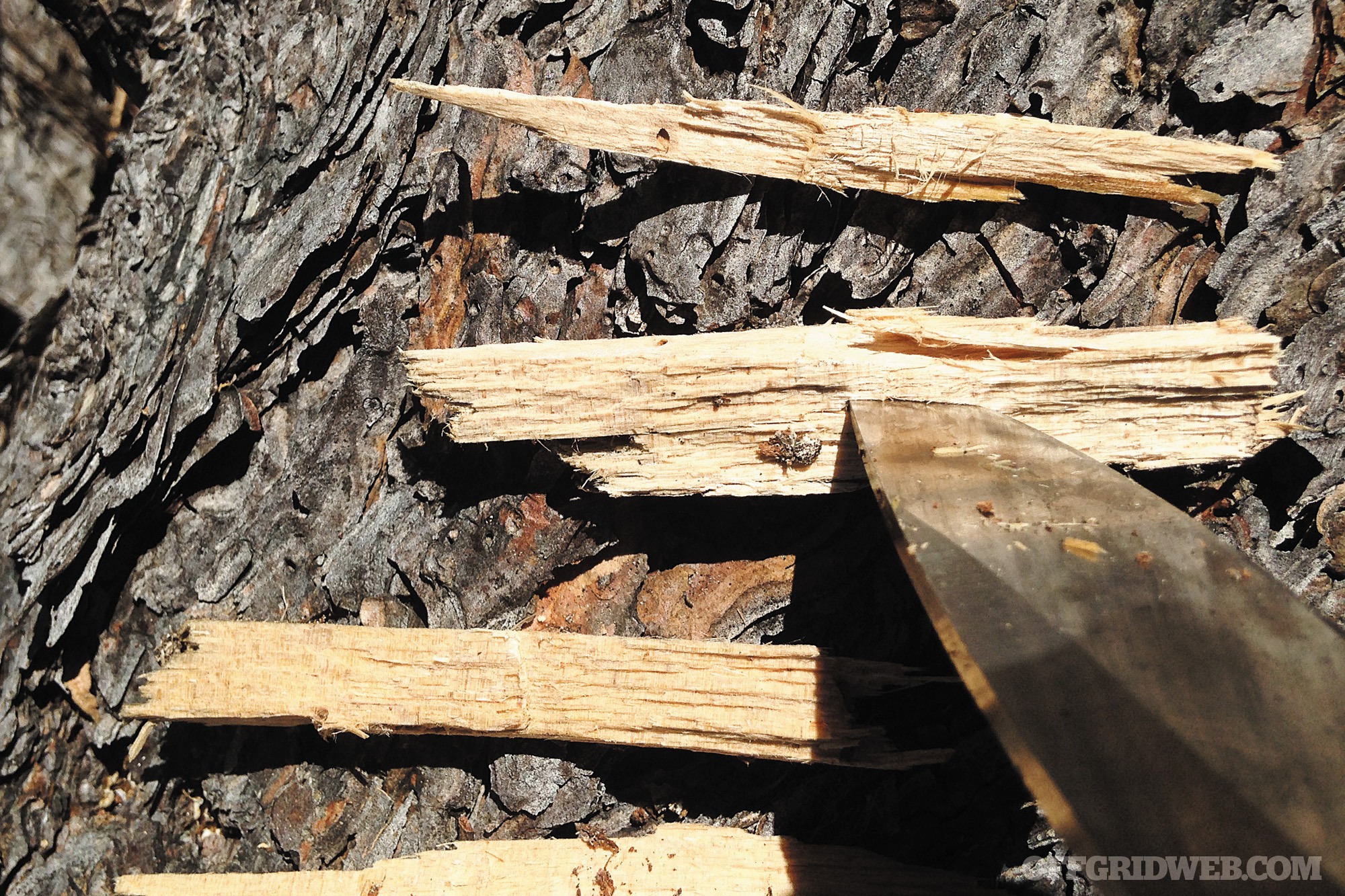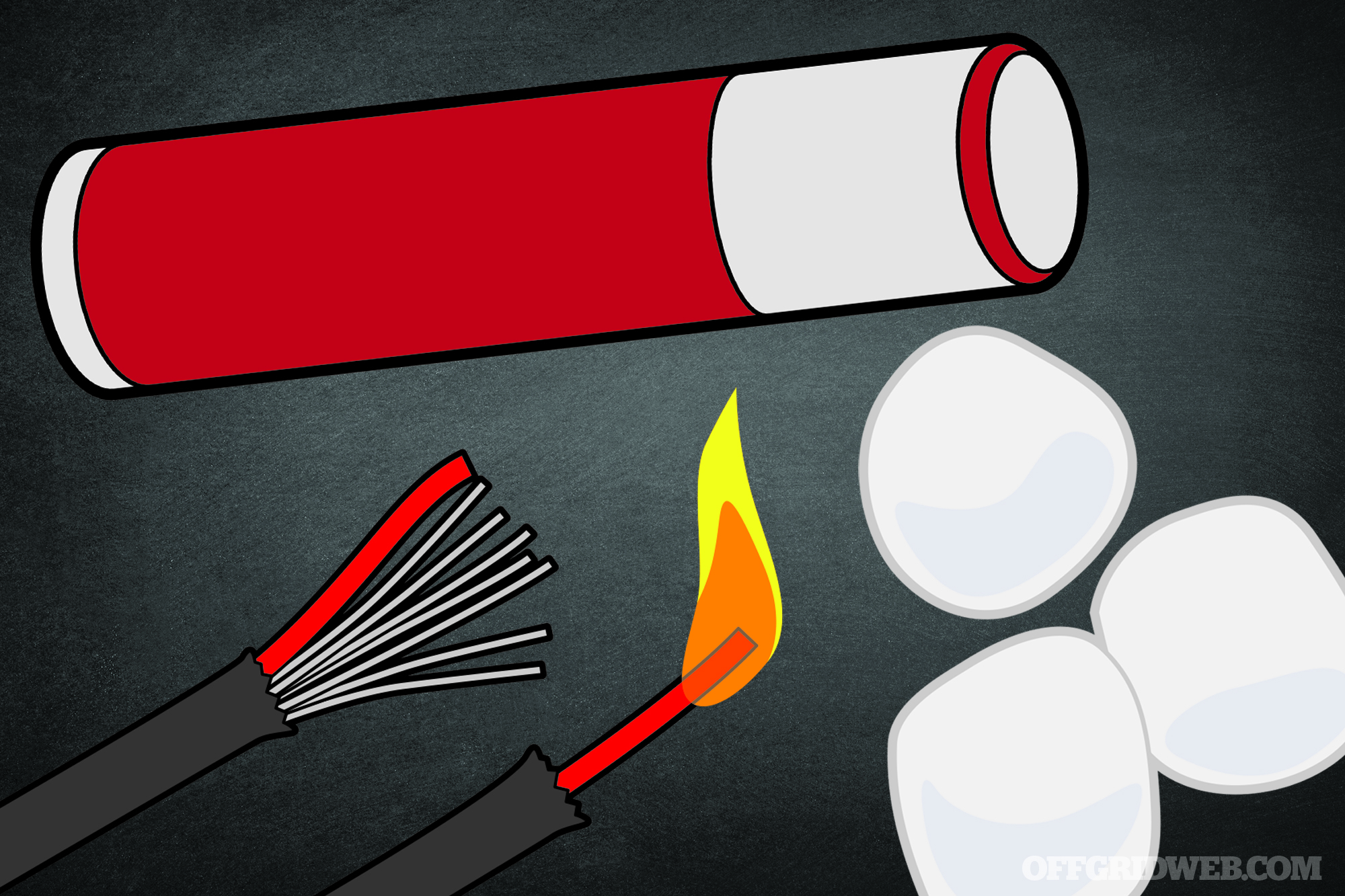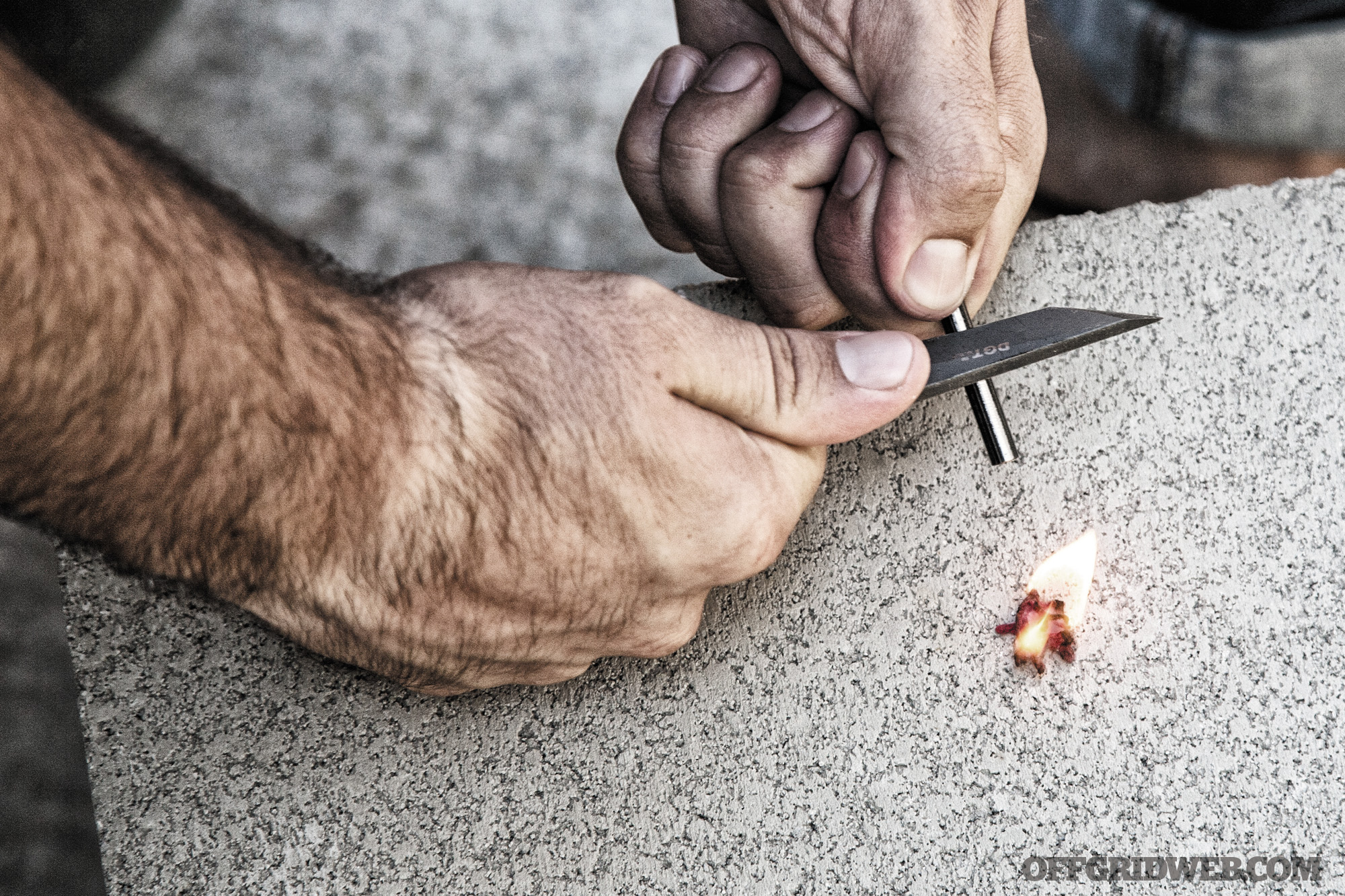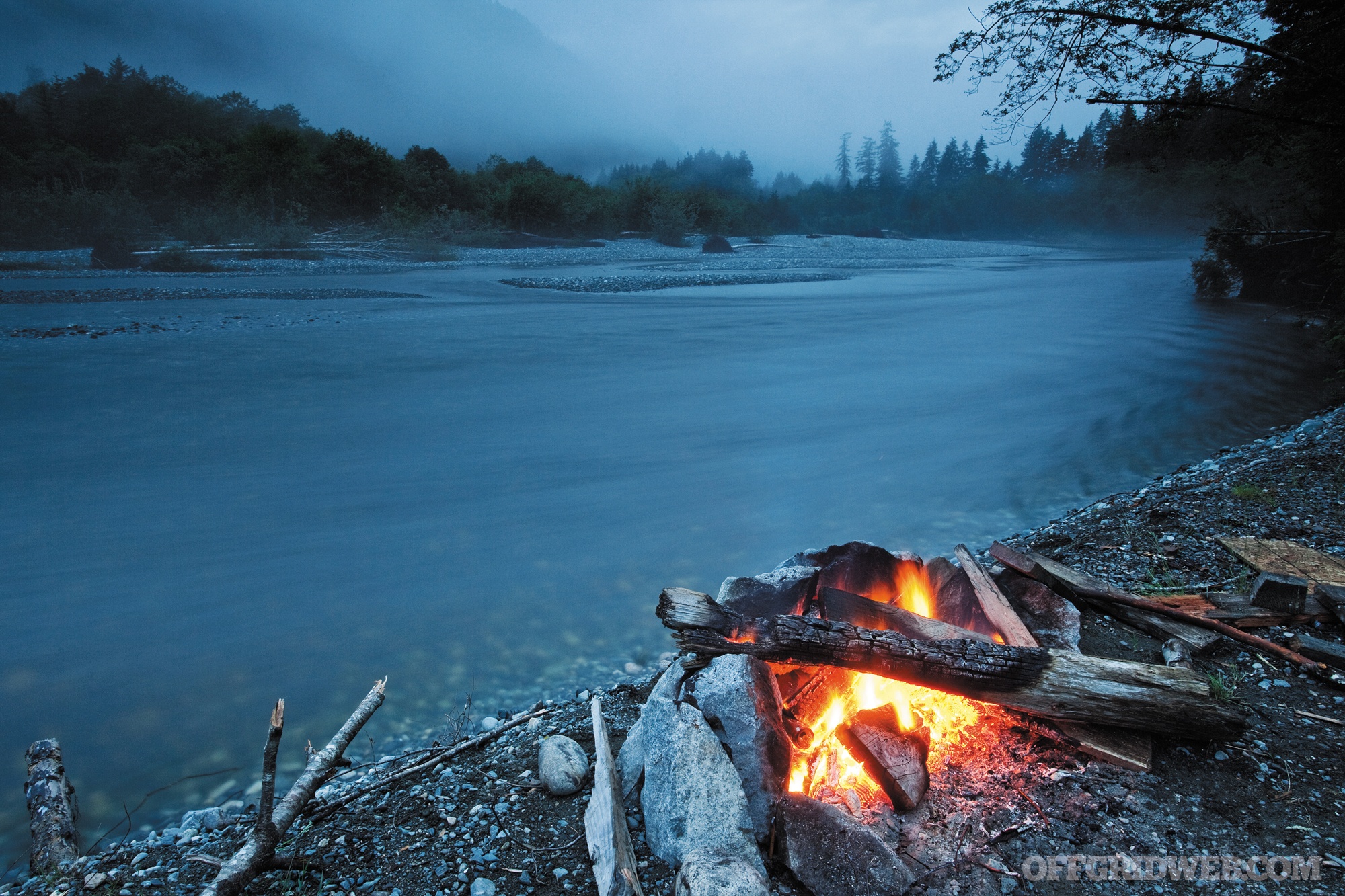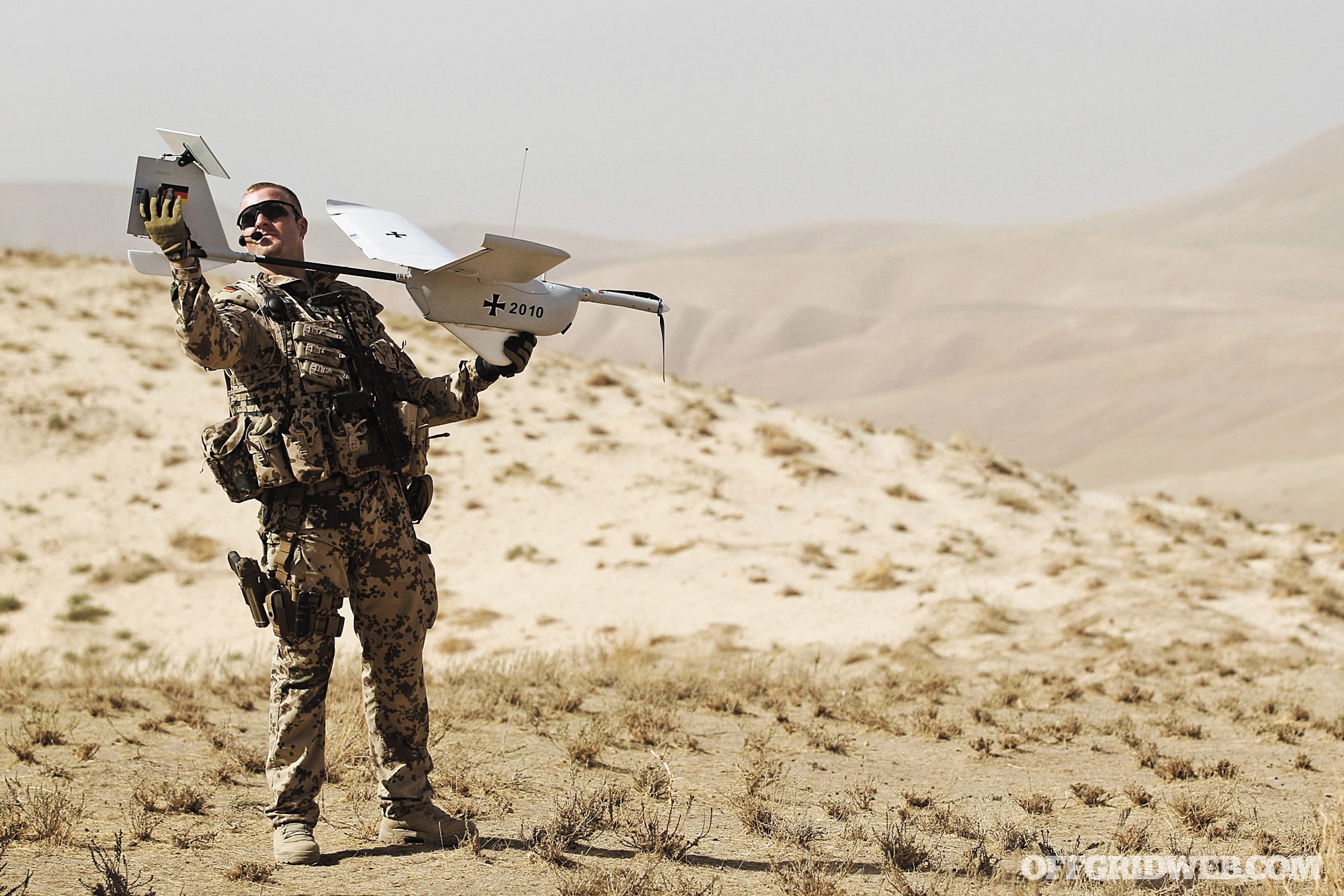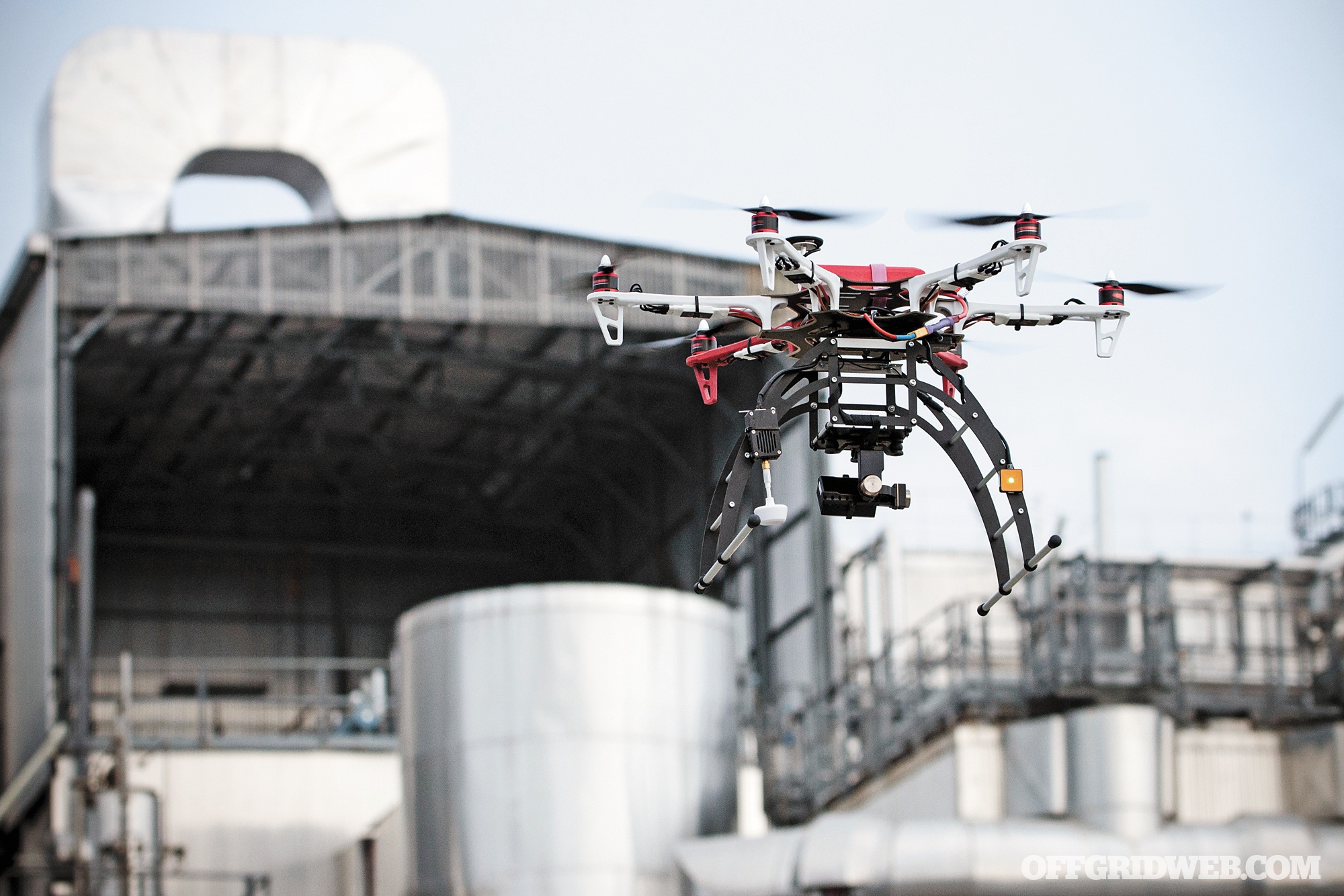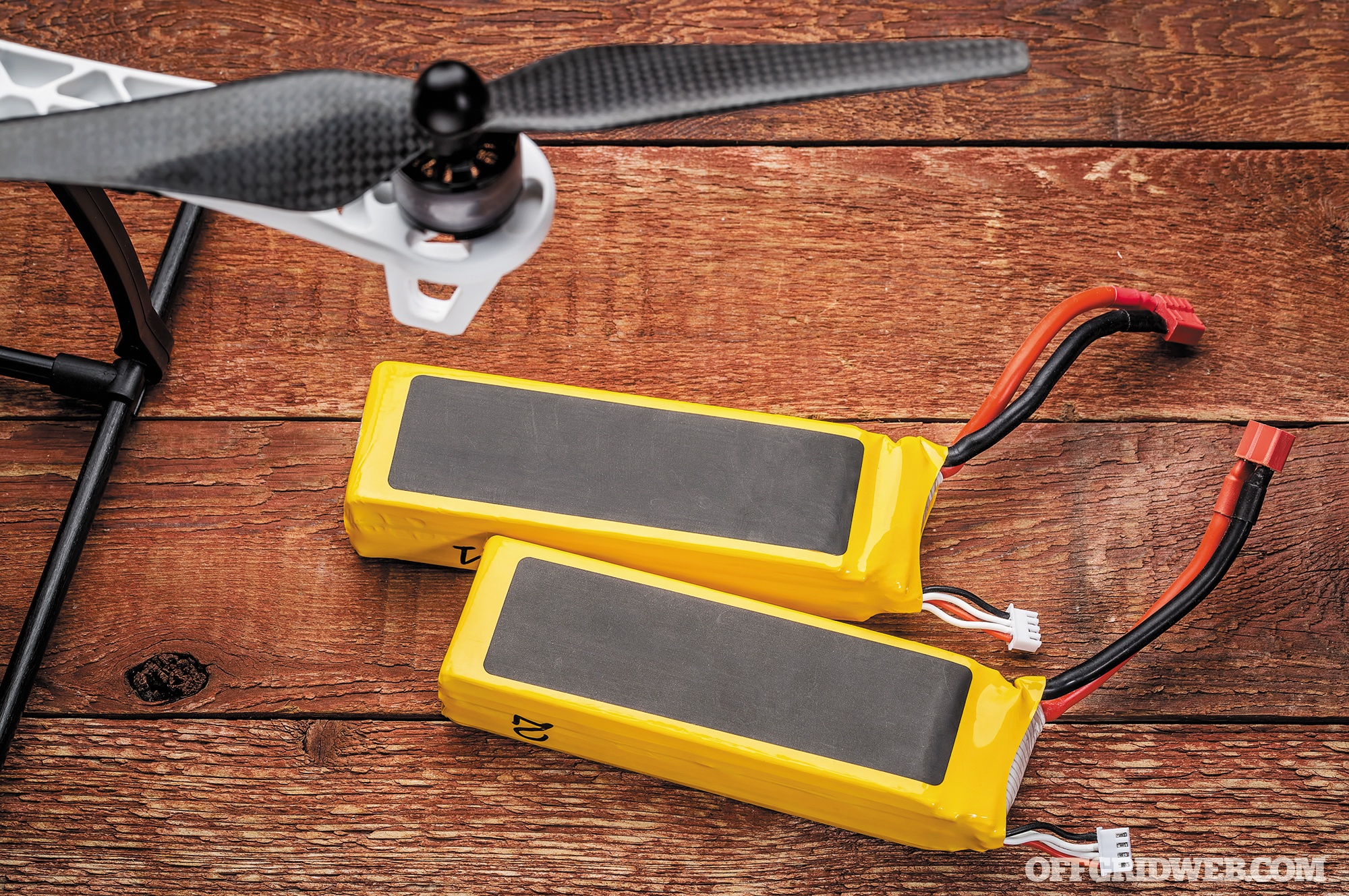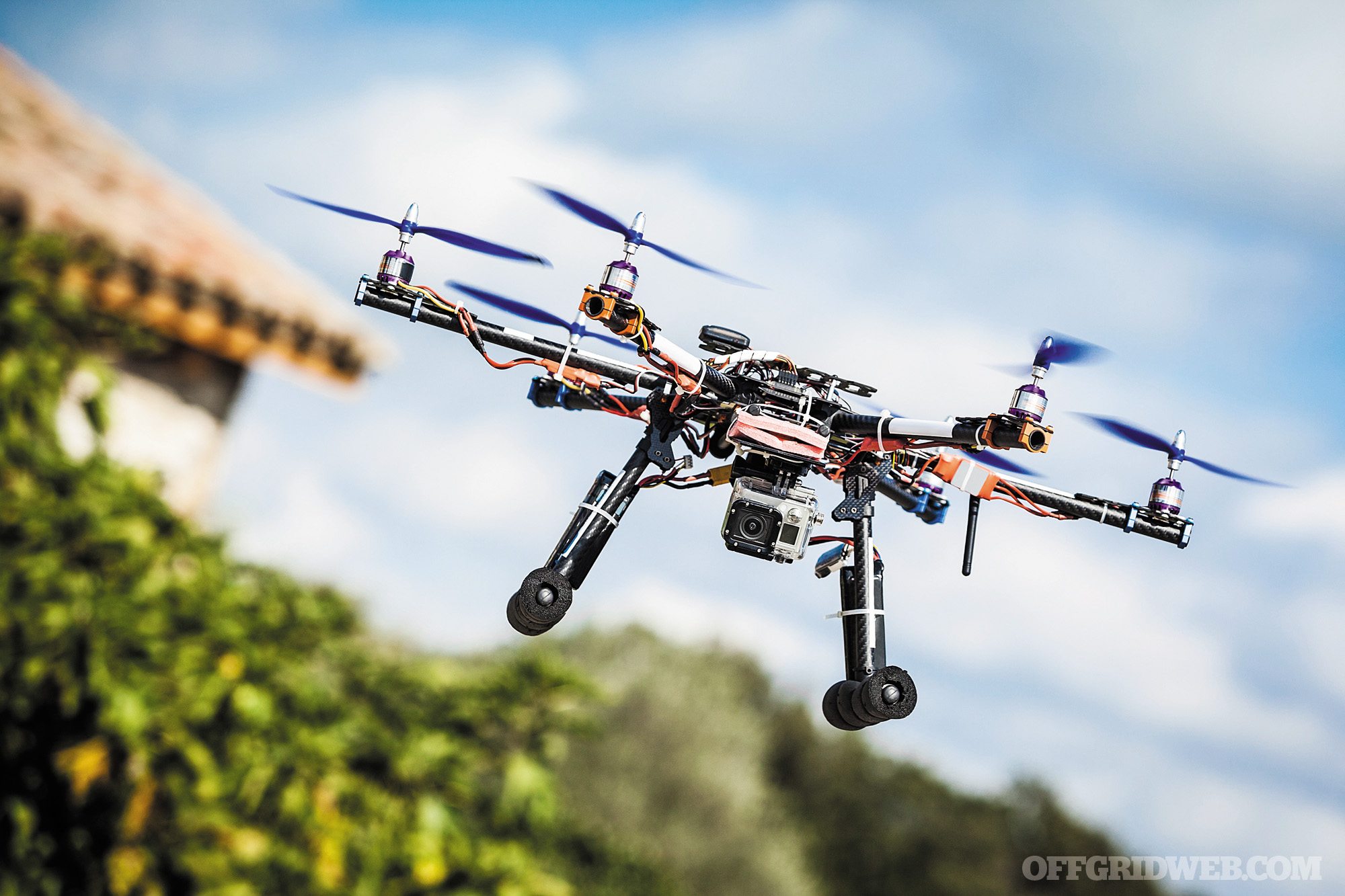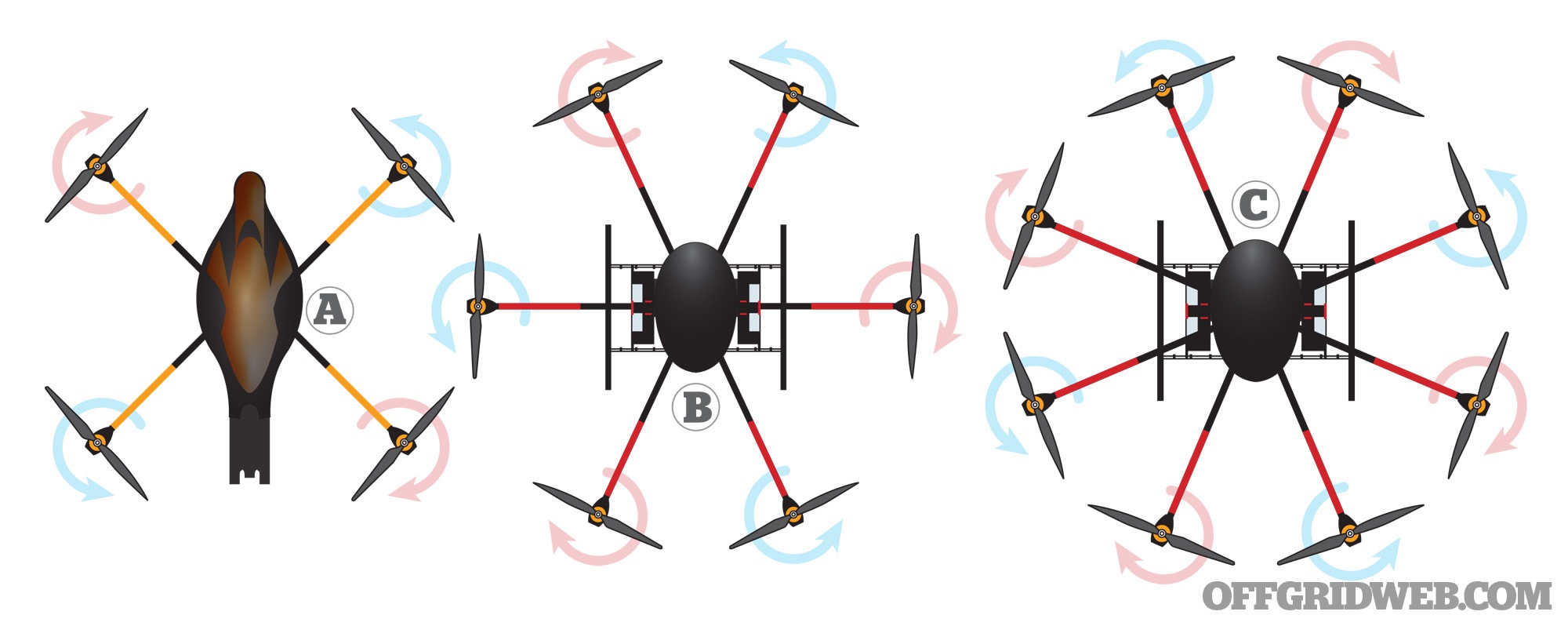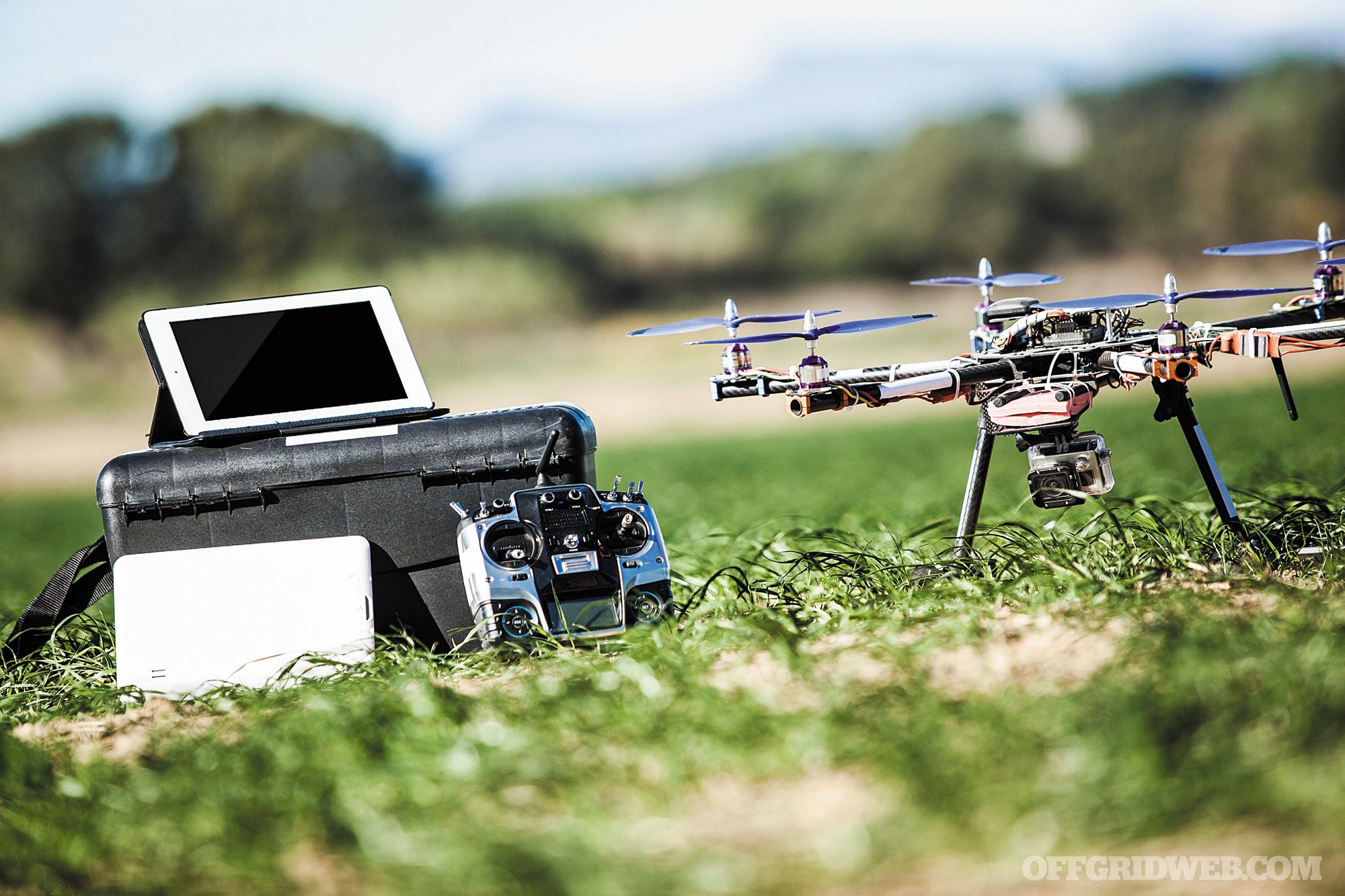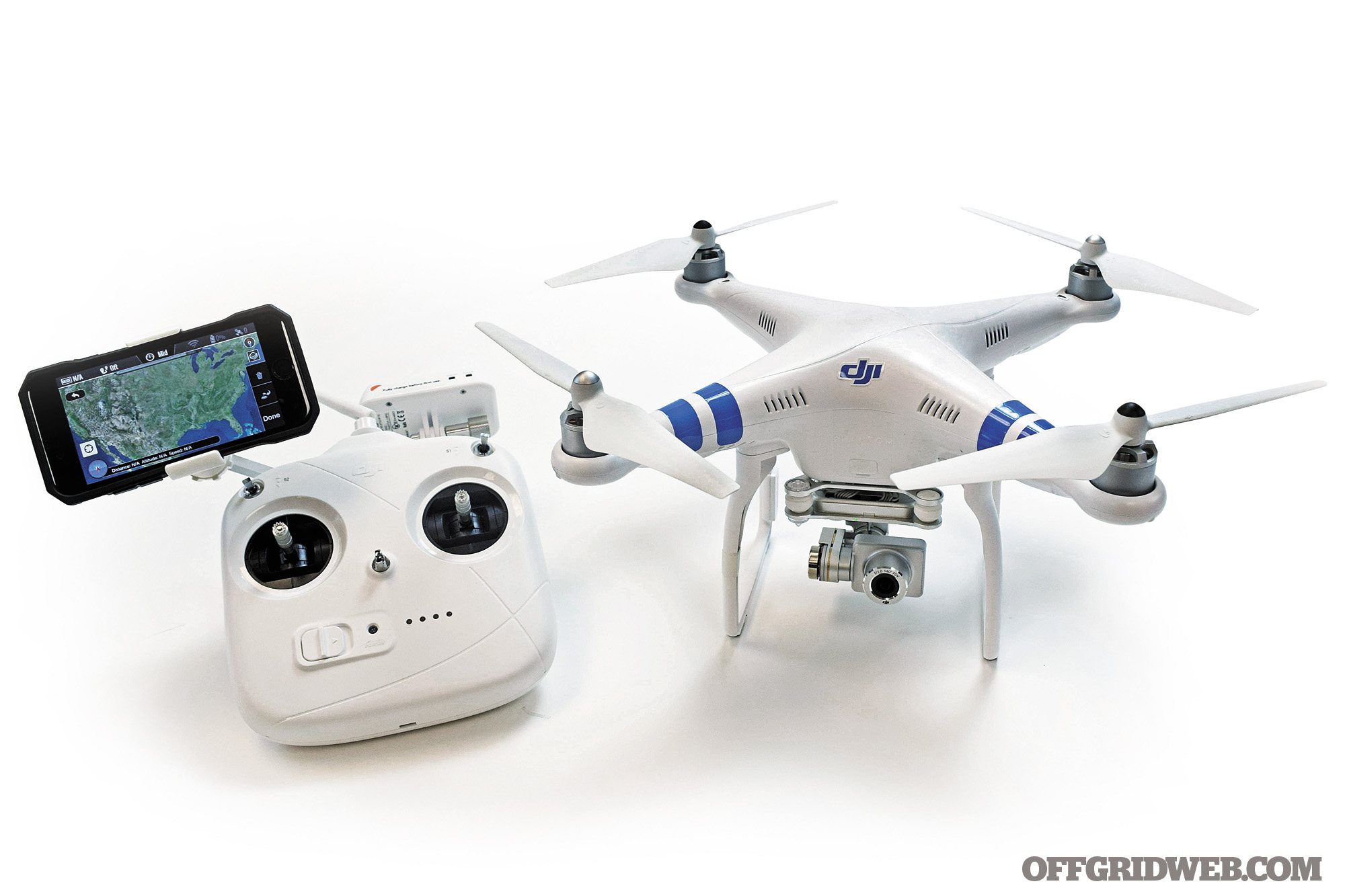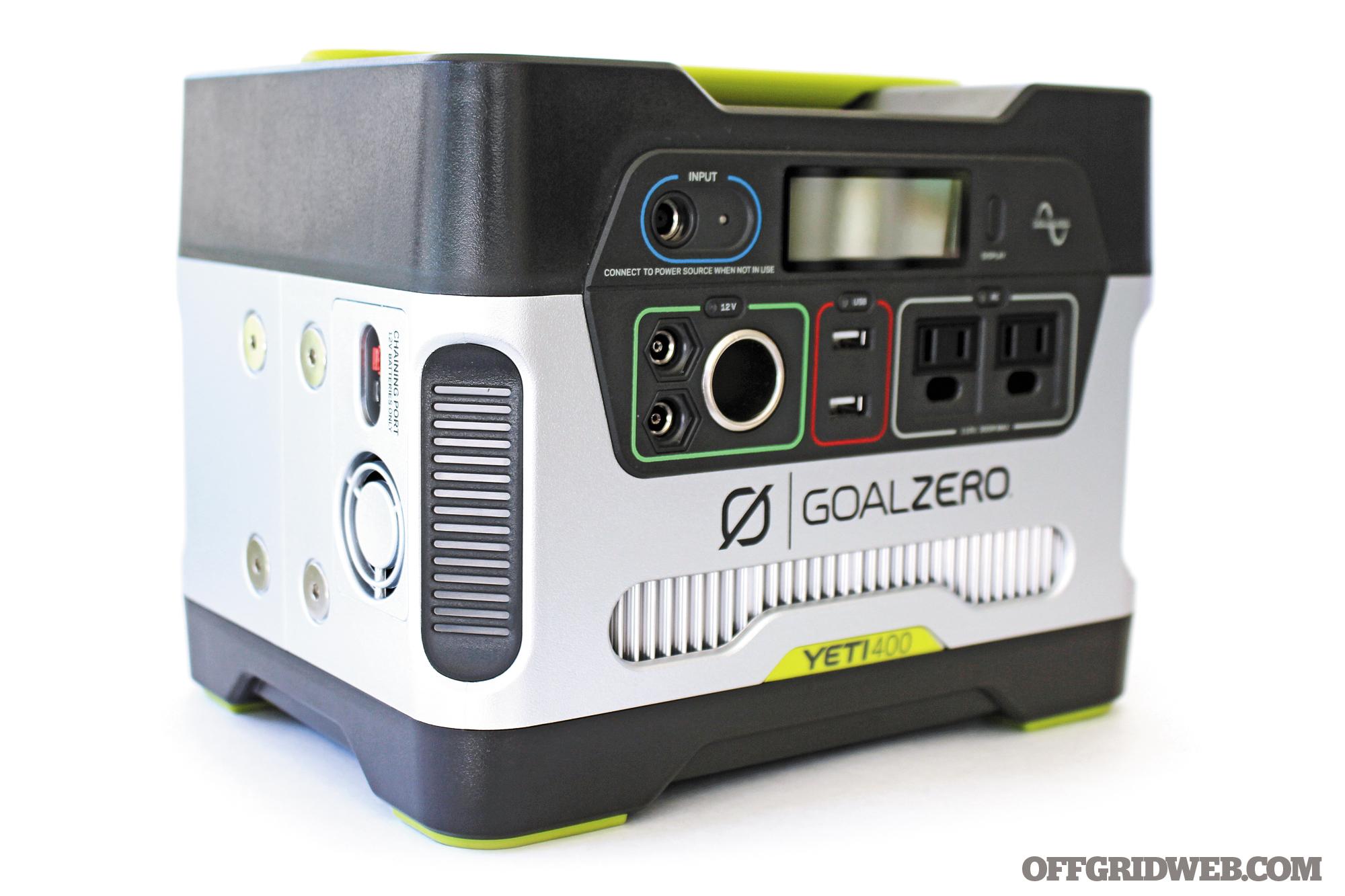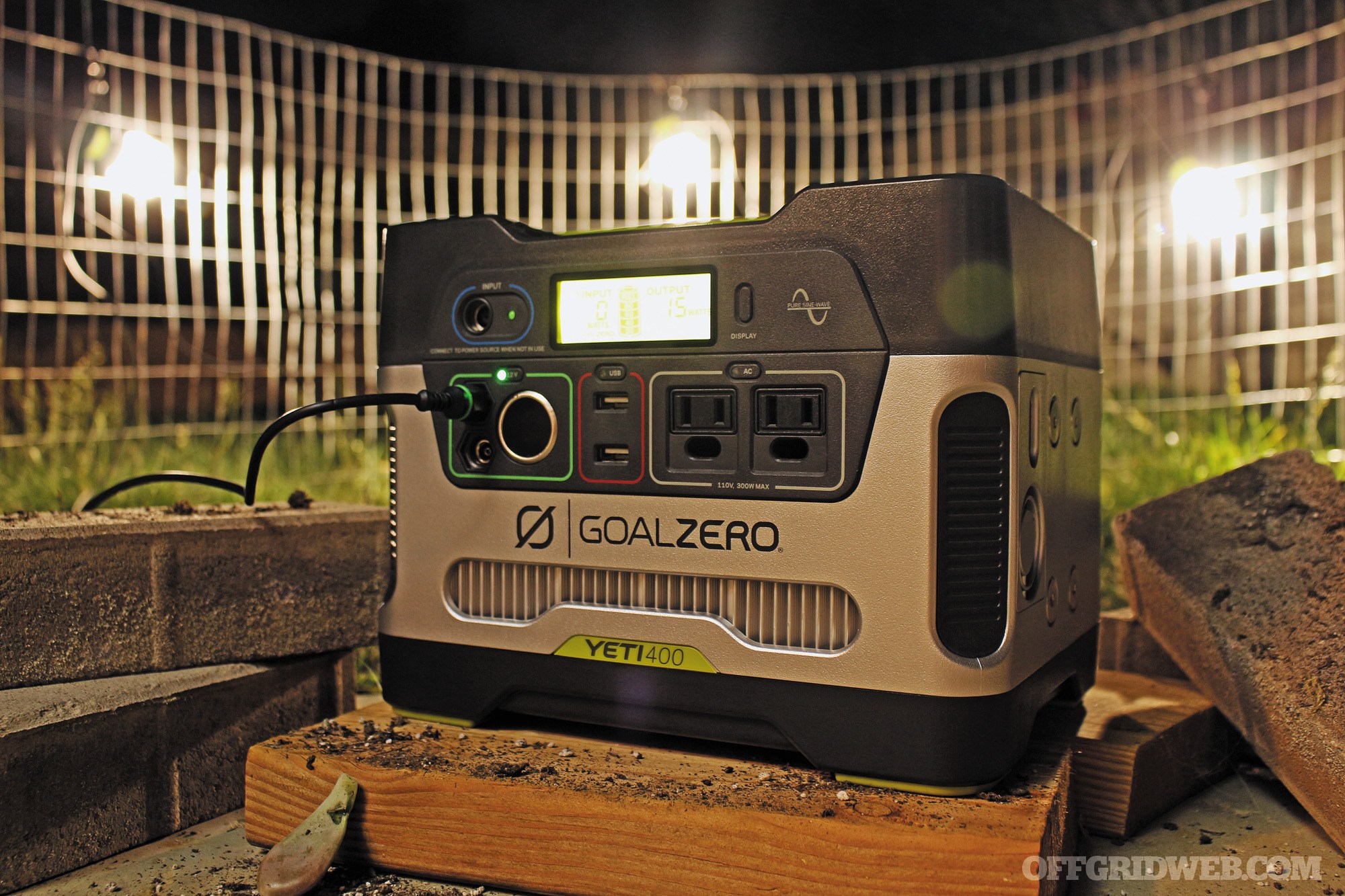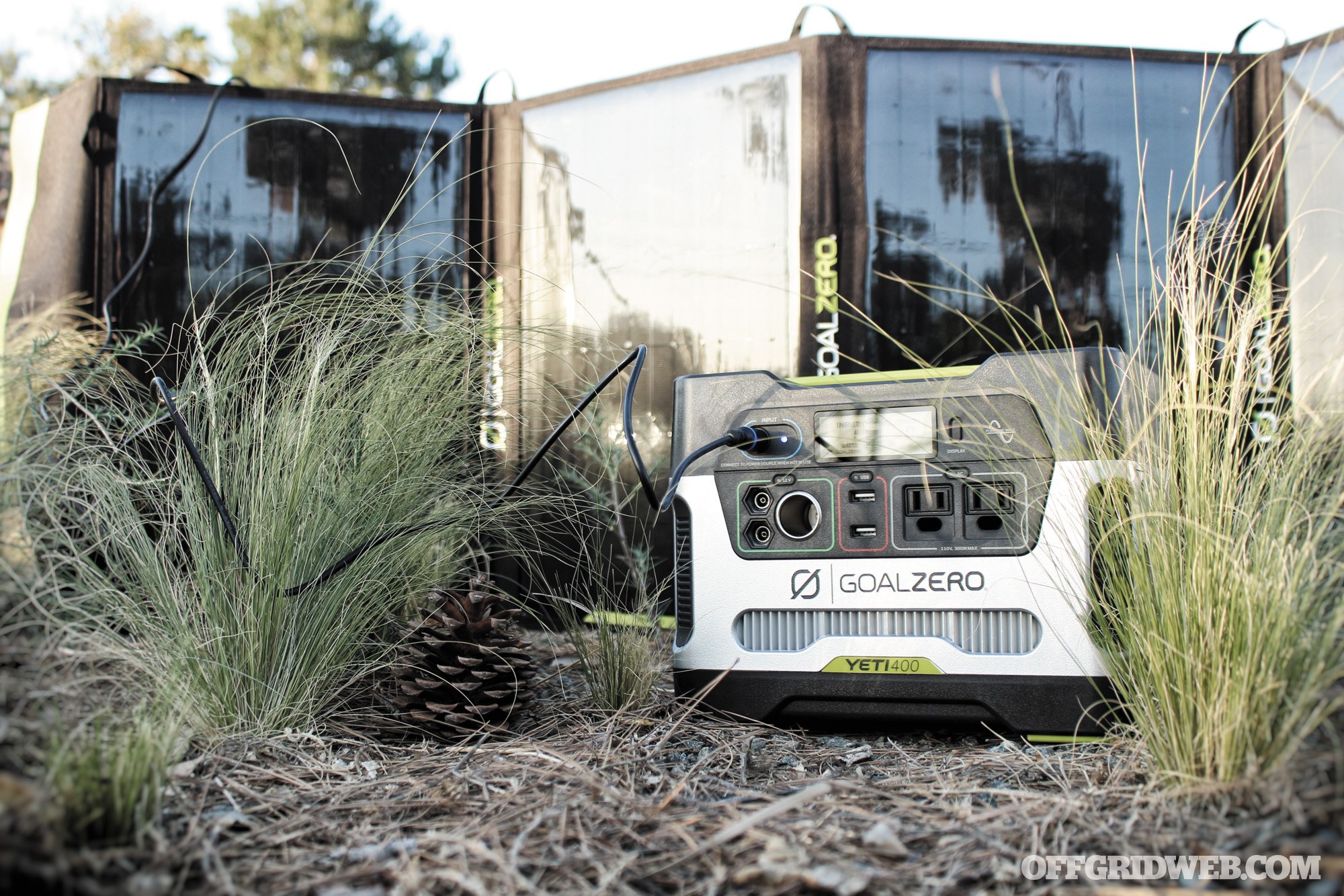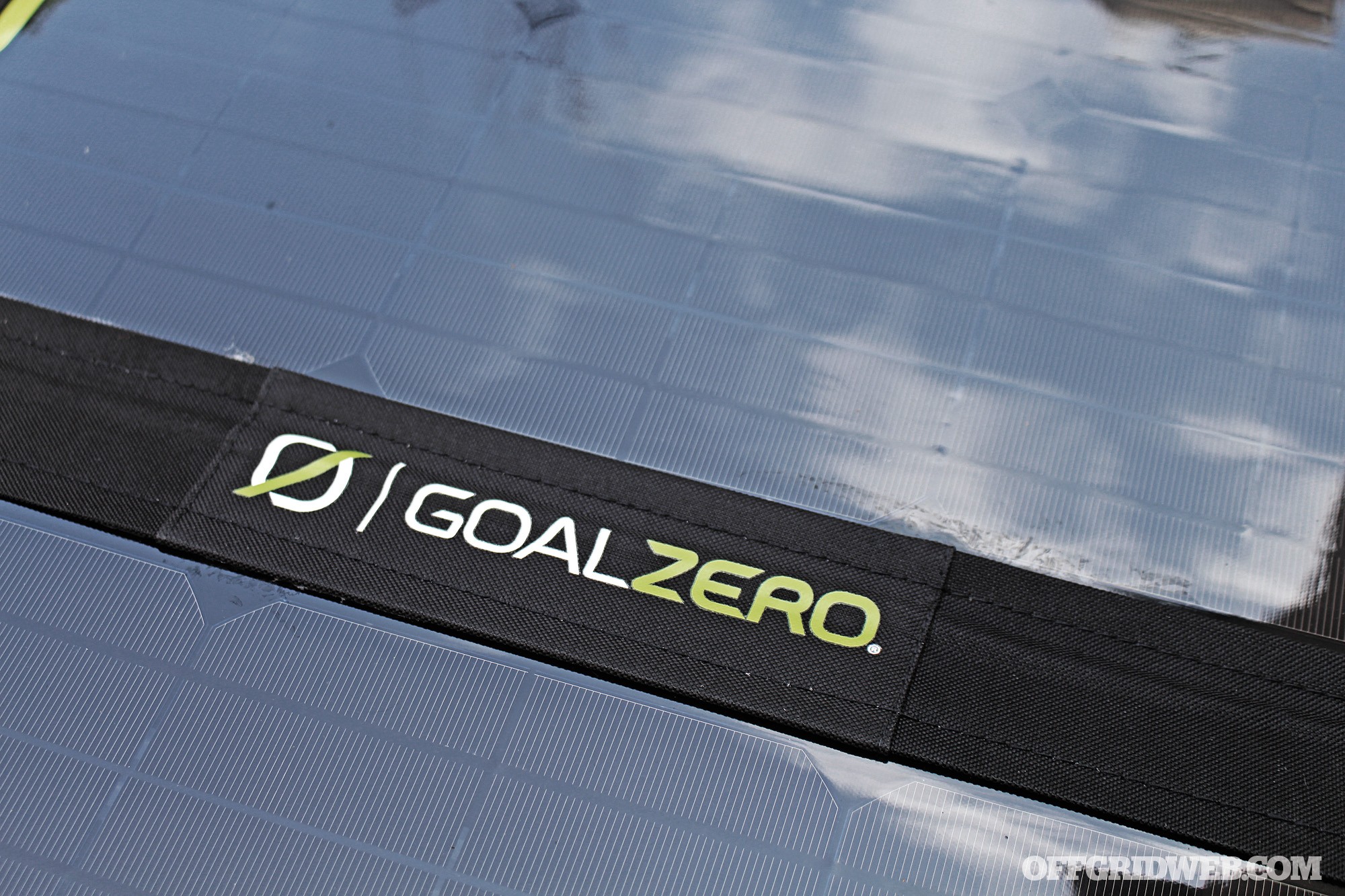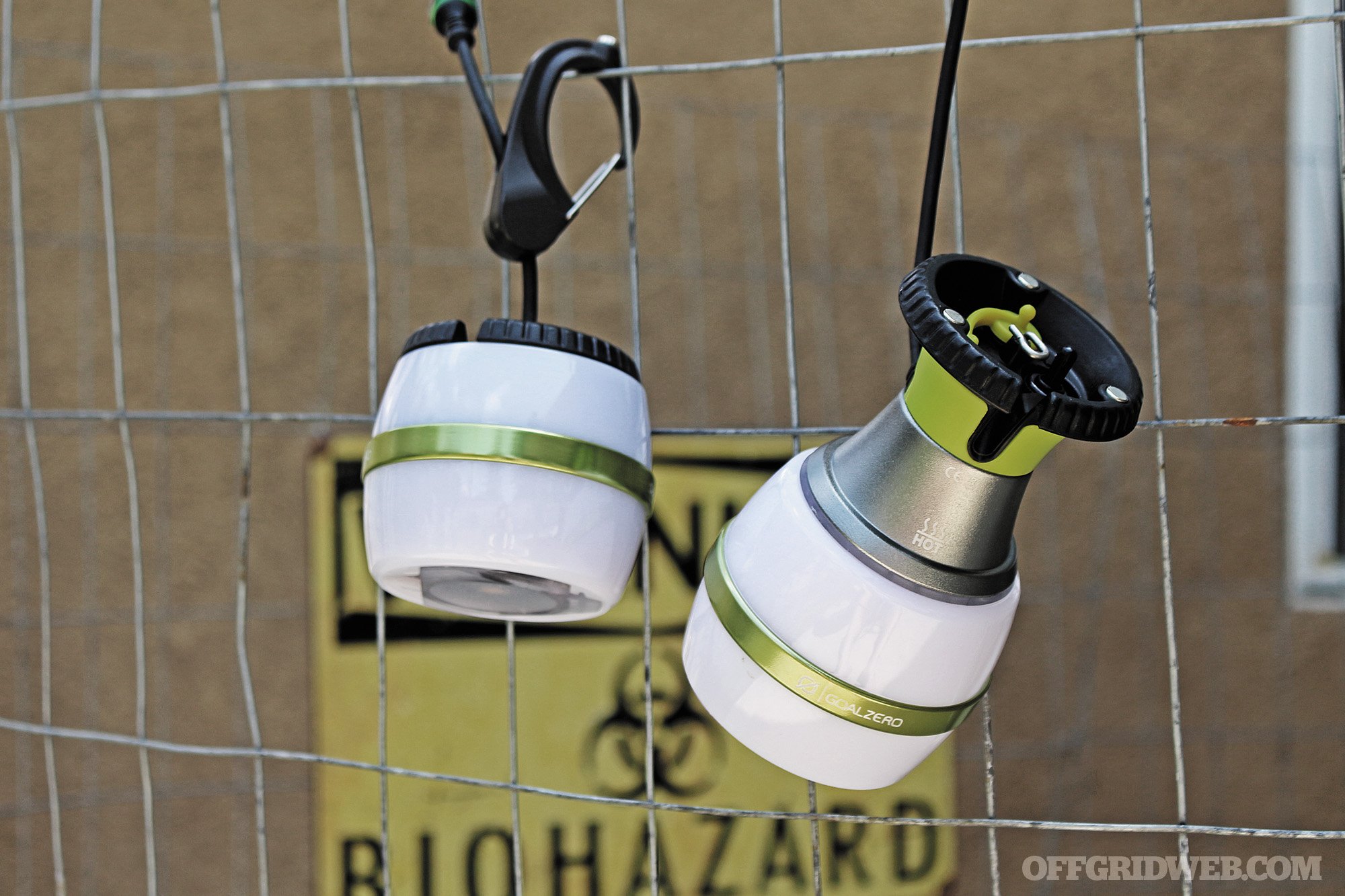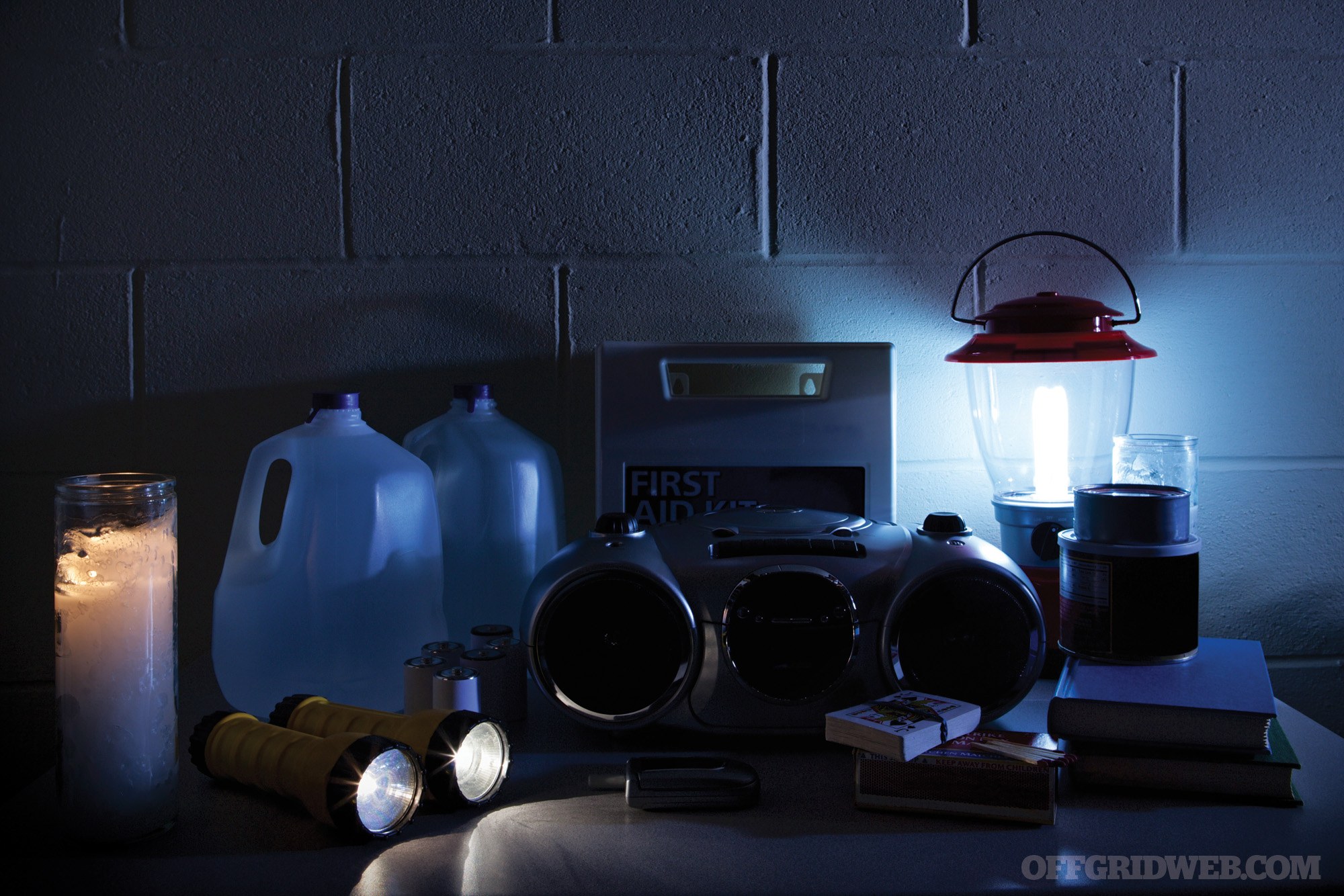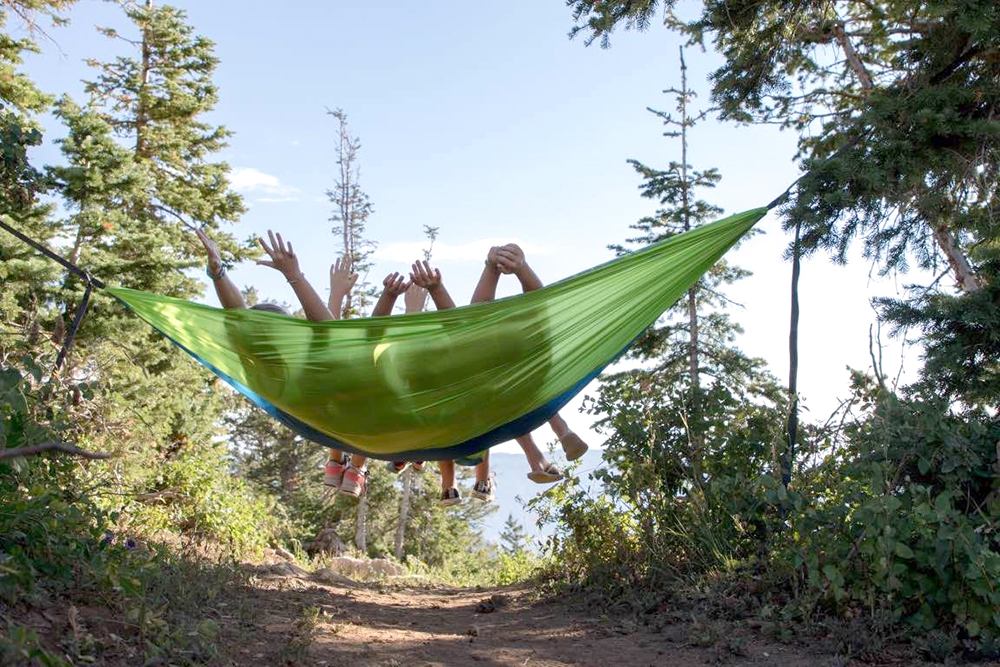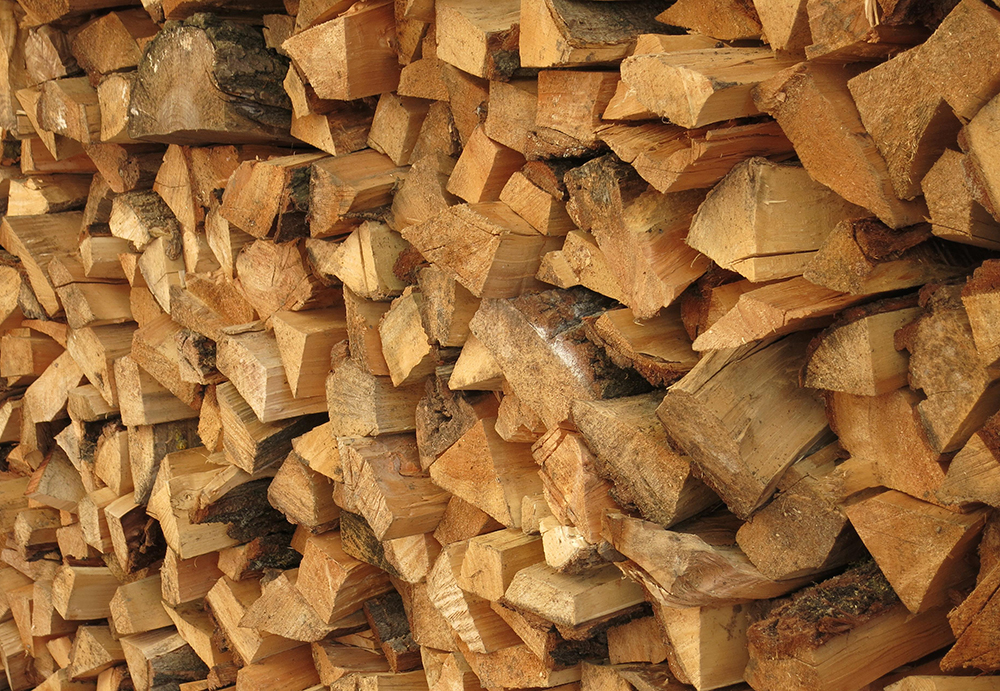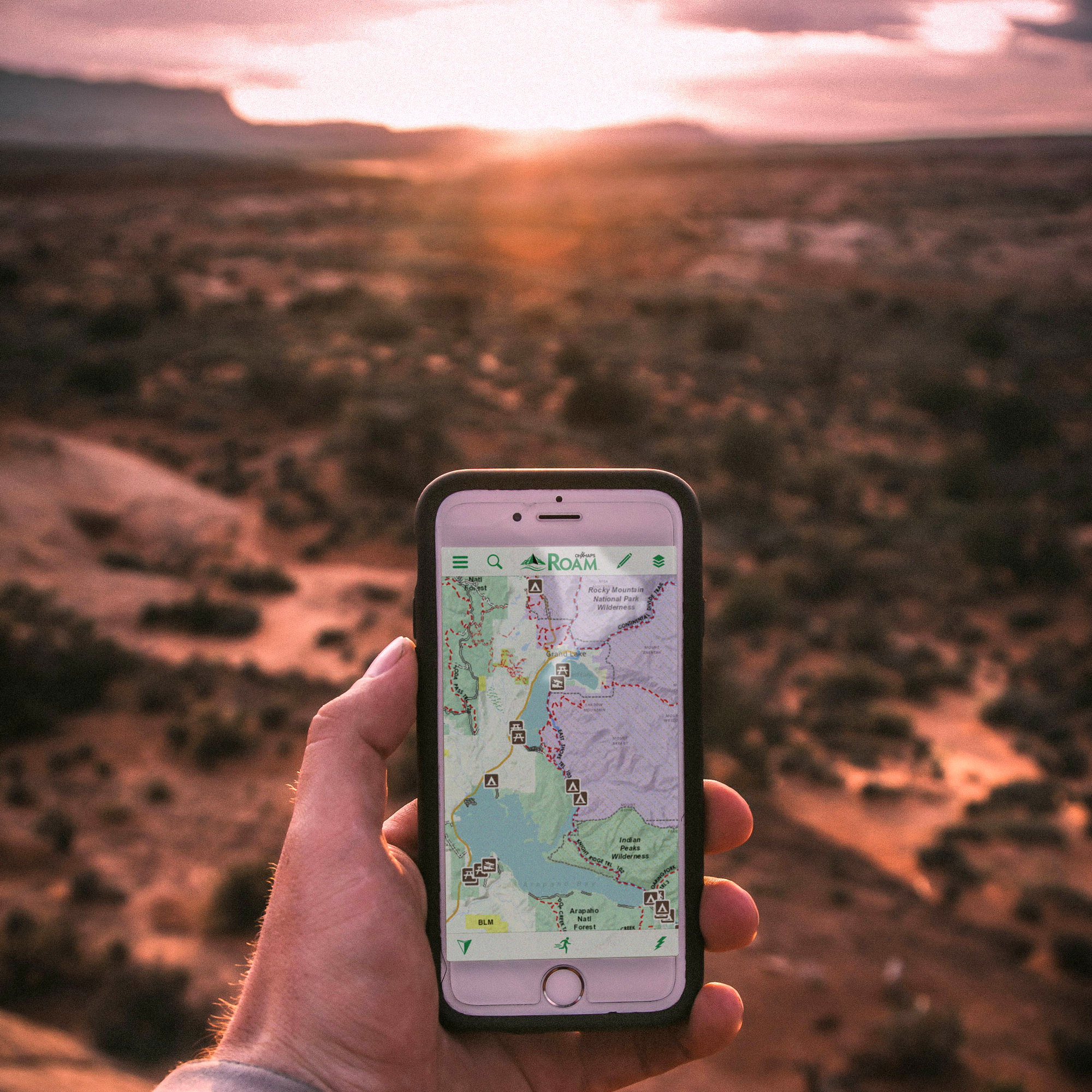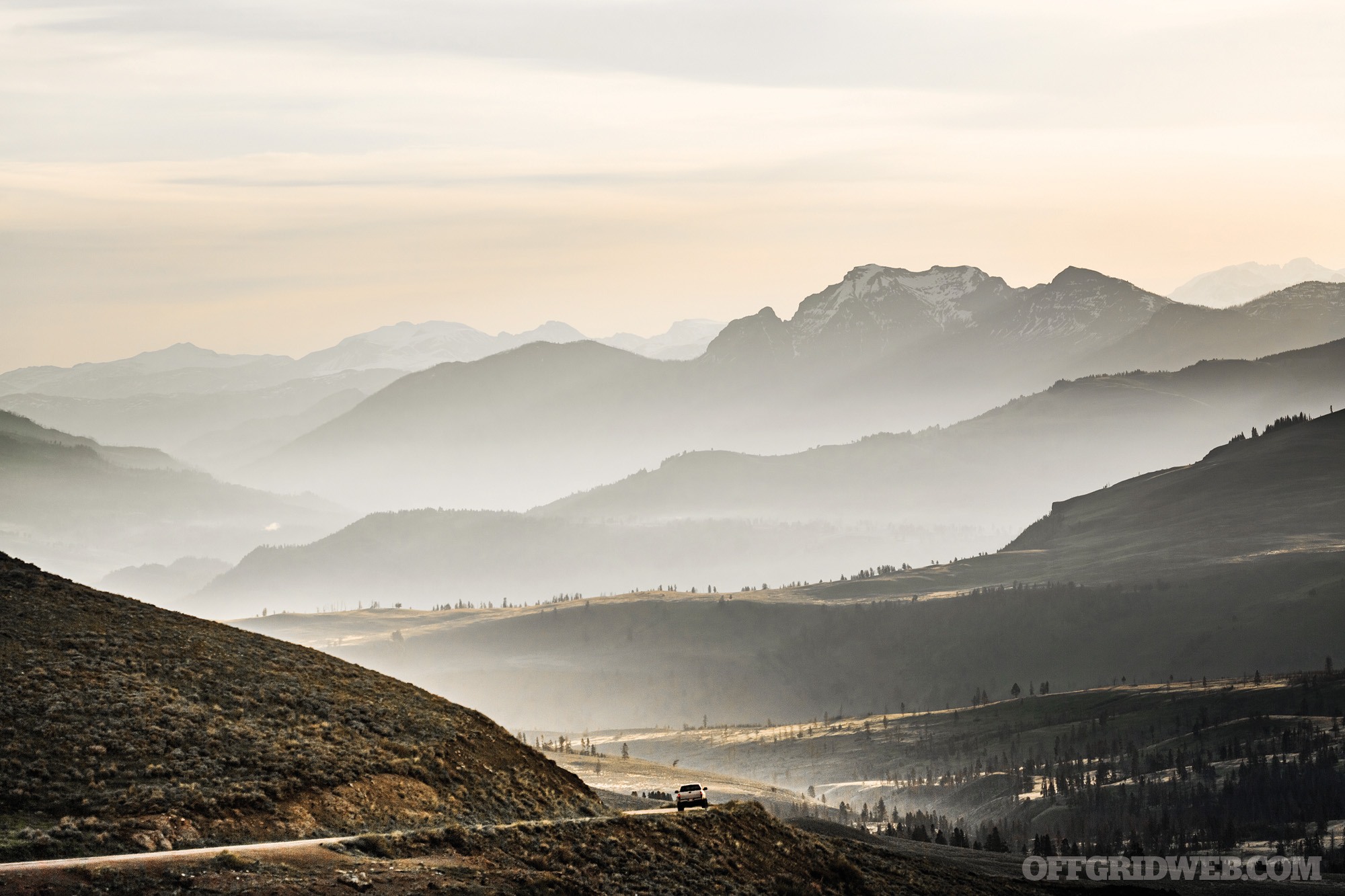This article originally appeared in Issue 7 of our magazine.
Warning! The exercises and content expressed in this column are for illustrative purposes only. Consult a medical professional before trying any physical activity or nutritional plan.
The moment you’ve been planning for has come. Disaster has struck, and you’re prepared. “I’ll just grab my bug-out bag and hoof it to safety,” you might say. Sounds good on paper… but are you actually fit enough to do it?
Physical preparation is the oft-neglected aspect of being prepared for what is to come. Preparation is about being durable — being able to take whatever is thrown your way. This could involve wading knee-deep in water or climbing over a pile of rubble. Heck, it may even be a literal run for your life. Combine these physical feats with your heavy bug-out bag and some extra supplies, and suddenly SHTF fitness becomes a whole different ballgame.
This begs the question, are you fit enough to save your own life? Let’s take a look at some minimum SHTF fitness standards to ensure you’re ready.
Minimums
Military and law enforcement are known to have minimum physical fitness requirements or standards you must meet to be considered for a spot. There’s a very broad range of requirements that is based on the job, and survival is no different. One should be expected to have the ability to perform basic human movements, but above all else, you should be able to handle what’s thrown at you.
You don’t want to be the weak link in your group, do you? Worse yet, if you’re alone, you have only yourself to rely on to get through tough times. Running from pursuers, jumping across a stream, swimming to safety, climbing over a fence, and lifting and carrying supplies all seem like pretty realistic physical activities that you may need to undertake. Based on that, let’s take a look at some bare minimums you should be able to complete. If you can’t, it looks like you have some training to do.
Running
Having adequate endurance is a must, especially when moving long distances with equipment. Running is one of the basic human movements that will absolutely be necessary at some point.
Test: 3-mile run for time
Standard for Men: 27 minutes
Standard for Women: 30 minutes
Training: We’ll look at using quarter-mile repeats to improve endurance and, to a degree, running speed. You’ll start by running four quarter-mile intervals, with no more than two minutes of rest in between and run times being within about five seconds of each other. This will take a little bit of trial and error. Every other week, bump up the number of intervals by one. When you can, reduce your rest periods in 15-second intervals. Complete two sessions per week.
Swimming
Swimming may be the difference between life and death. Floods can happen when bad weather strikes, and ensuring you can get to safety is crucial. The 12-minute swim test is a great way to determine your swimming ability. Simply swim as far as you can in 12 minutes.
Test: 12-minute swim test (freestyle)
Standard for Men: 500 yards
Standard for Women: 400 yards
Training: Start training with a total distance of 200 yards per session in 50-yard intervals, two to three times per week. Increase in 50-yard increments each week until you reach 500 yards. From there, add 25 yards every other week until you are able to swim for 12 minutes without stopping.
Jumping
Jumping over obstacles, or even having the necessary lower body power to do so, can really come in handy. Hell, how about jumping between buildings Jason Bourne-style? Who knows? We’ll use the standing long jump to measure this. Standing in one spot, jump forward as far as you can. Measure where you make contact with the ground at your heels.
Test: Standing long jump
Standard for Men: 1.25 x your height
Standard for Women: 1 x your height
Training: The squat jump is a great power training exercise for the lower body. Start from a standing position. Drop straight down with your hips back, and aggressively jump as high as you can. Move down fast, then up fast. Stick the landing before completing another repetition. Add load if necessary. Complete three sets of eight repetitions, two to three times per week.
Climbing
Manipulating your bodyweight is something everyone should be able to do, and what better way than climbing? Being able to climb up a tree or over a fence is a pretty realistic necessity. We’ll mimic this by setting a minimum of pull-ups — only we’ll do the tactical variation (thumb next to index finger), which is more applicable to real-world obstacles.
Test: Tactical pull-up for repetitions
Standard for Men: 8
Standard for Women: 3
Training: If you are unable to complete a pull-up, first focus on doing assisted pull-ups until you build up strength. This is best done through using a band to provide some assistance. Start by putting one foot through a band and crossing the other leg over. Grab a bar overhead and squeeze it very hard. Pull your shoulder blades down, creating space between your neck and shoulders. Drive your elbows to your sides until your neck is in-line with the bar. Slowly return to the starting position. Performing three to five sets of three to five reps, two to three times per week, will help you build the requisite strength to complete the above standard.
Strength
Picking a heavy object off of the floor is about as basic as it gets, so it should come as no surprise that this made it on the list. What exercise can help you with that? A deadlift.
Test: Deadlift
Standard for Men: 1.5 x your bodyweight
Standard for Women: 1 x your bodyweight
Training: Begin standing comfortably with the bar directly over your shoelaces. Take a deep breath through your belly, brace your abs (like someone is going to punch you), and hold it. This will help stabilize your spine. Drive your hips backward, keeping your lower back flat, until you feel your hamstrings tighten. Bend your knees to reach the bar. Grab the bar and crush it. Your grip should be just outside your legs. With heavier weight, an alternated grip (pictured here) will work best. Make a double-chin and shift your head backwards to get neutral neck alignment. Look up with your eyes, not your head. Pull the bar back into your shins and drive your heels through the floor. Finish at the top by squeezing your butt. Reverse the previous instructions to return to the starting position. As with the pull-up, deadlift strength can be built very well by following three to five of three to five repetitions, two to three times per week.
Carrying
Carrying people, moving supplies, or clearing obstacles are all things you most likely will have to do, regardless of the scenario. You should be able to carry some pretty heavy weight — at least your body weight.
Test: Farmer’s carry your body weight for 20 seconds
Standard for Men: Half of your bodyweight in each hand
Standard for Women: Half of your bodyweight in each hand
Training: Simply grab two heavy weights (too heavy to shrug), and go for a walk. Complete three sets, three times per week. Focus on crushing the handles and slowly build up to the above recommendation.
Conclusion
While this isn’t an exhaustive list, if you’re proficient in these areas, you’ll be in good shape. These should be looked at as minimums, so if these standards seem difficult, you have some work to do. You should be able to far exceed the SHTF fitness minimums given some proper training. It really can’t be stressed enough that physical preparedness is absolutely vital to any bug-out plan. You never know what life will throw your way. Do what you need to do to prepare for the worst, and don’t let fitness be the limiting factor.
About the Author
Ryne Gioviano, M.S.Ed., NSCA-CPT is the owner of Achieve Personal Training & Lifestyle Design. He holds a master’s degree in exercise physiology and is a certified personal trainer through the National Strength and Conditioning Association. For more information, visit www.achieve-personaltraining.com. You can find Ryne on Twitter and Instagram at @RGioviano.

